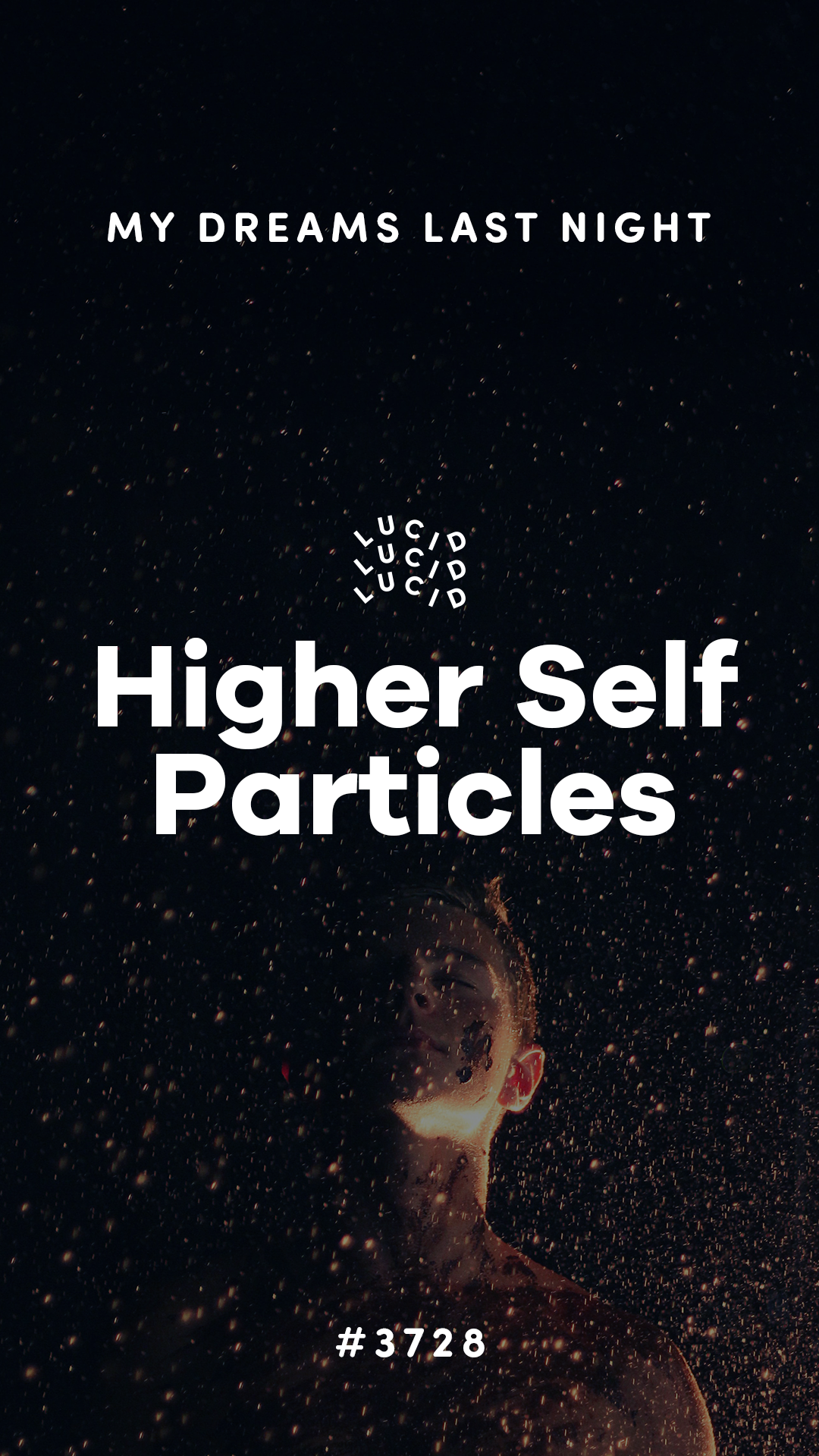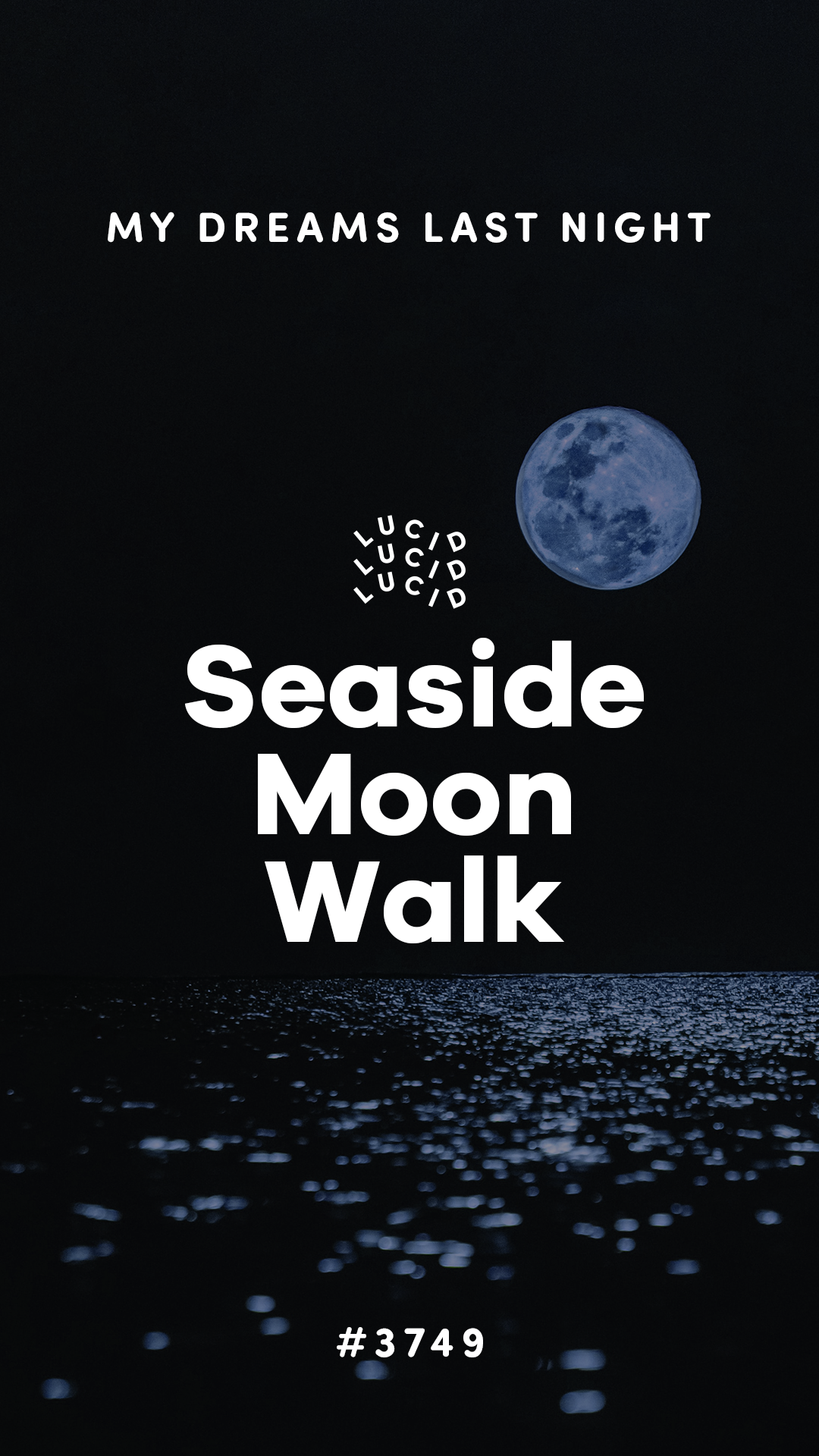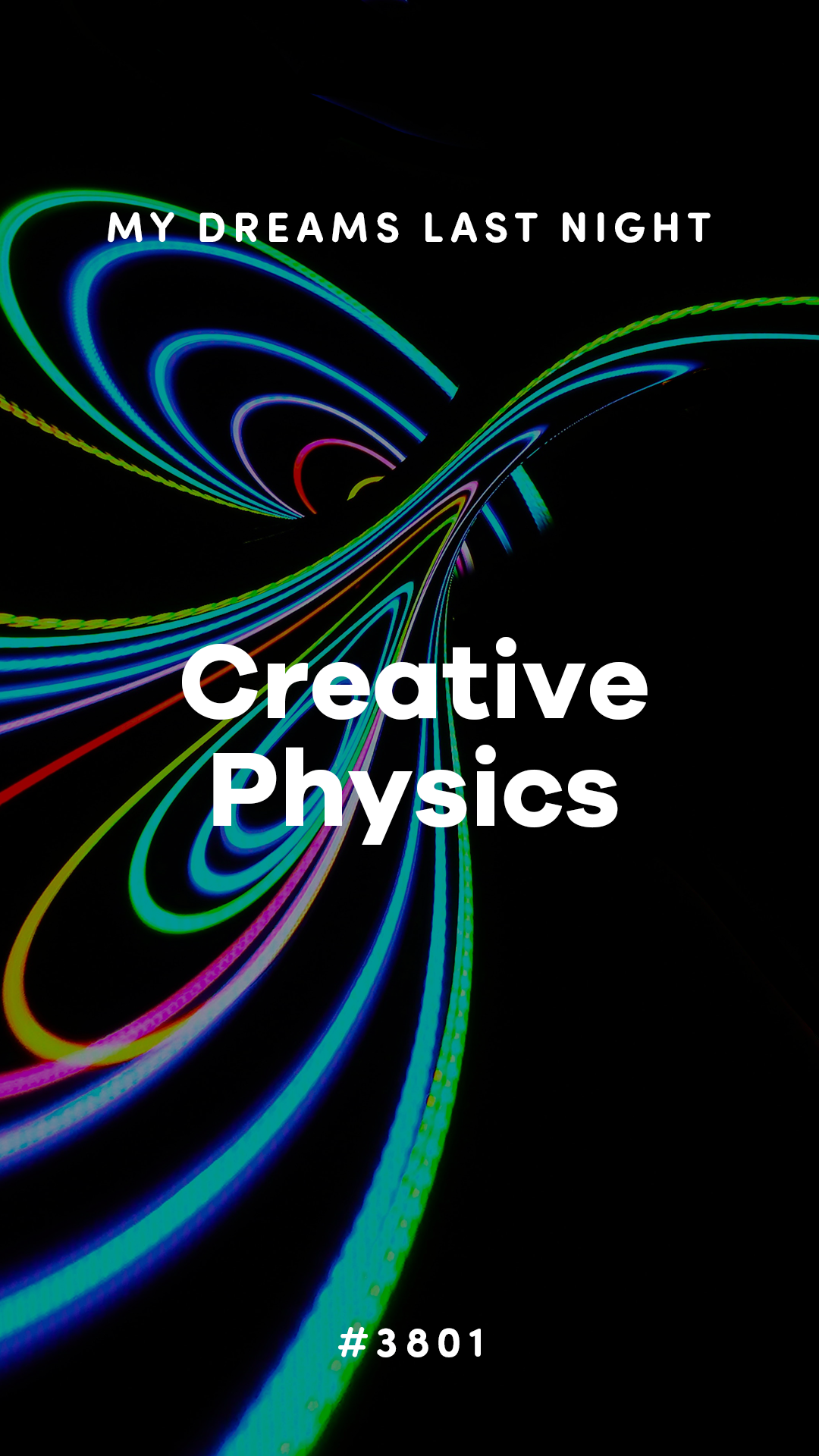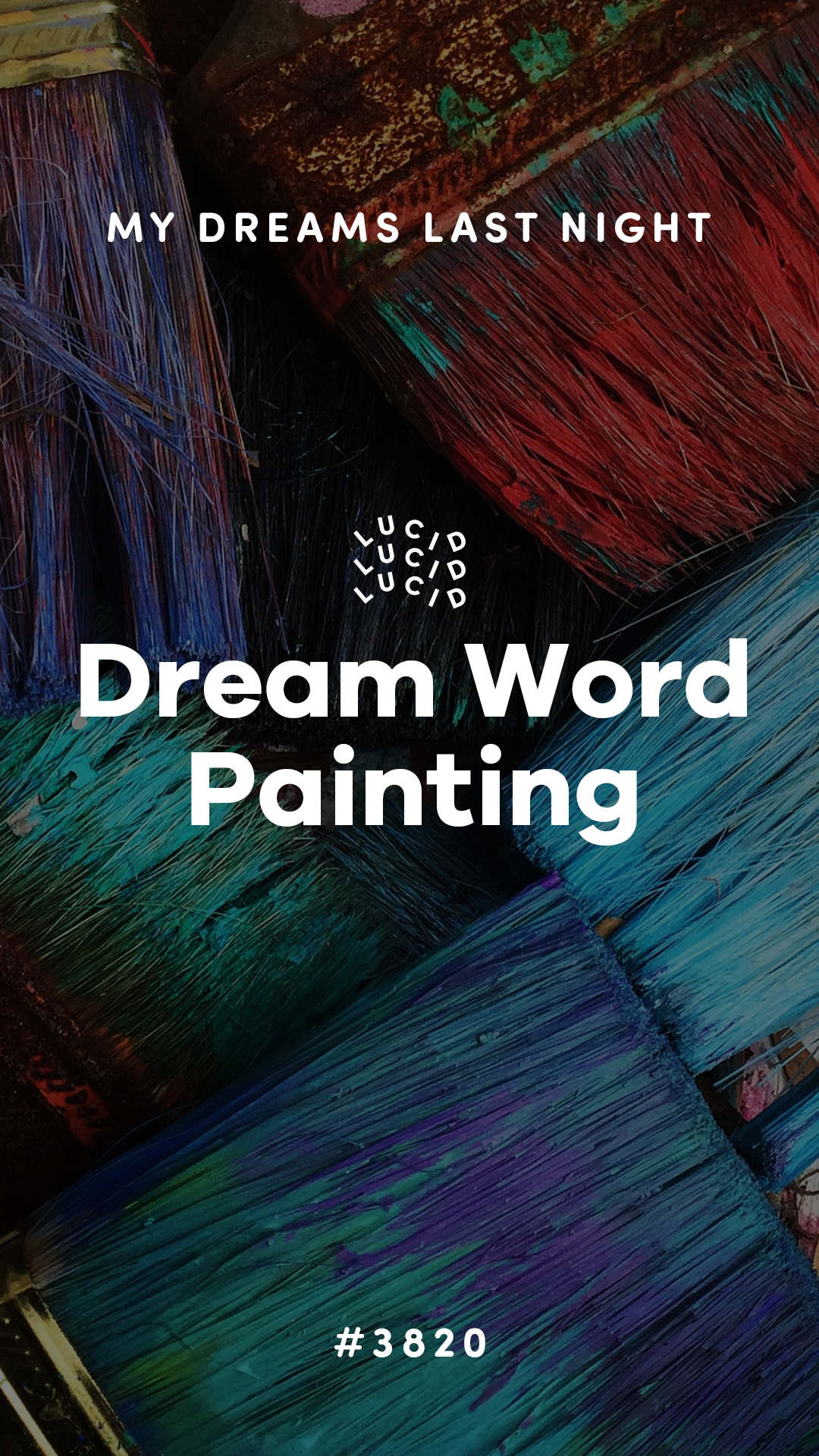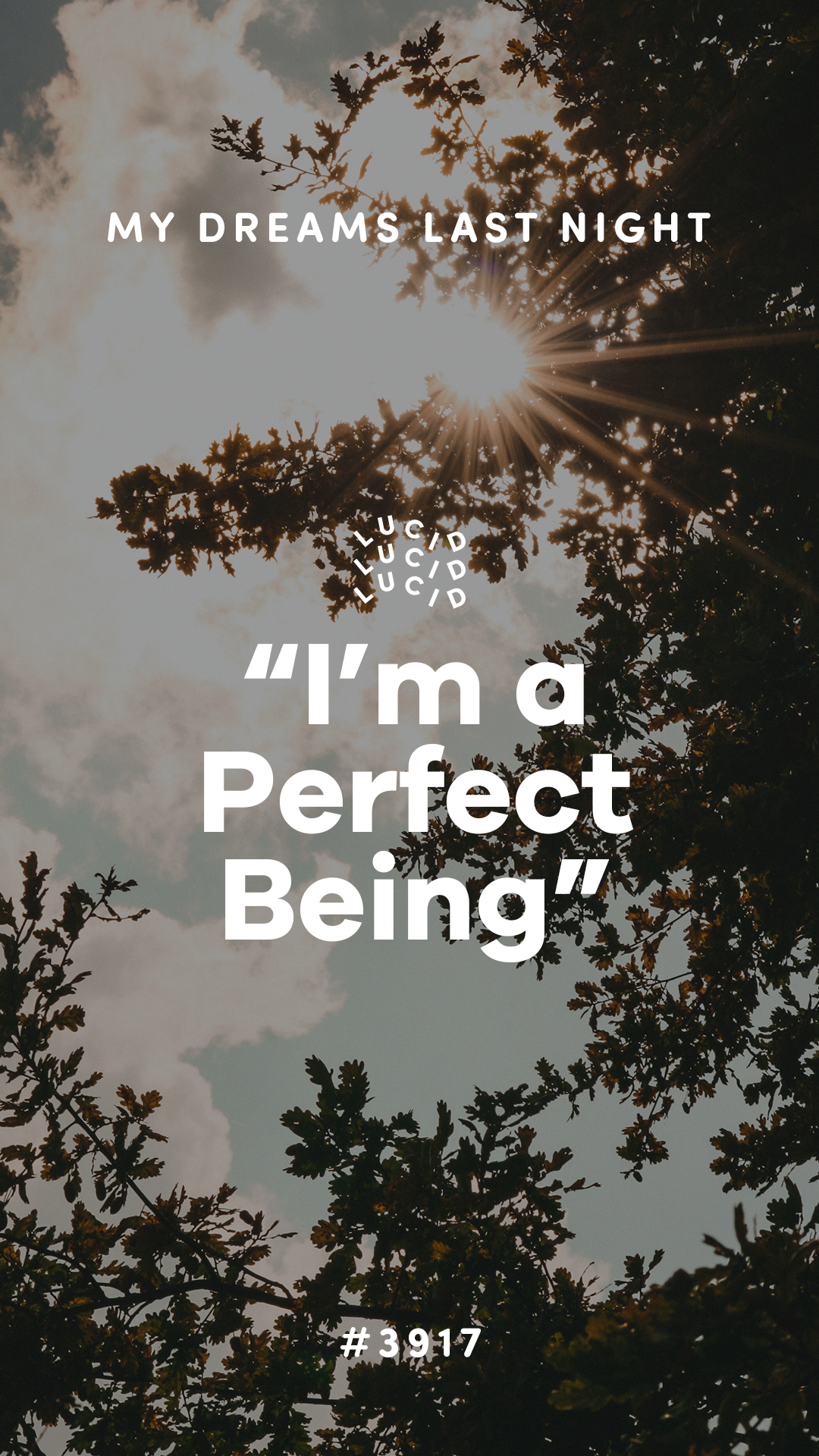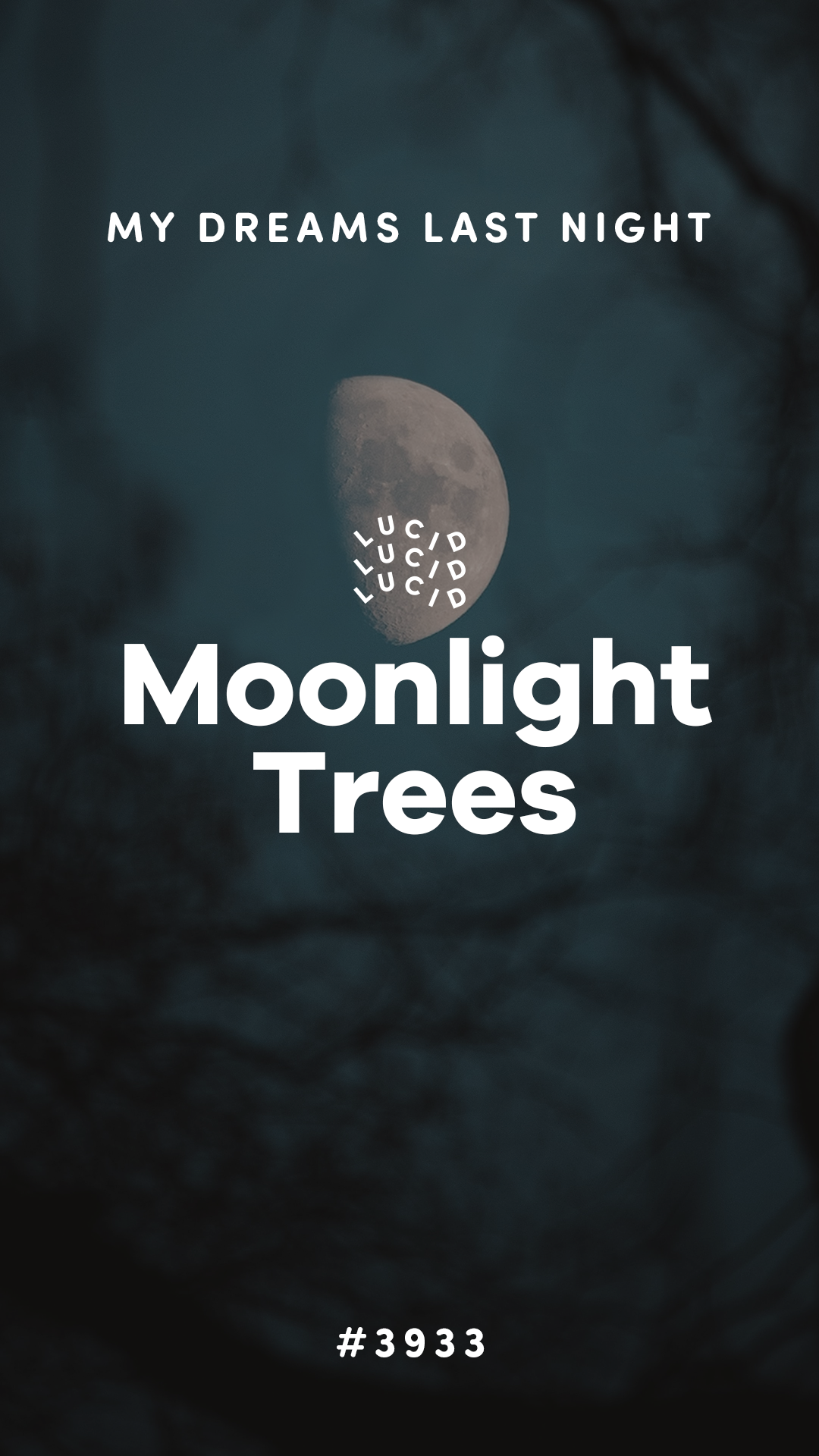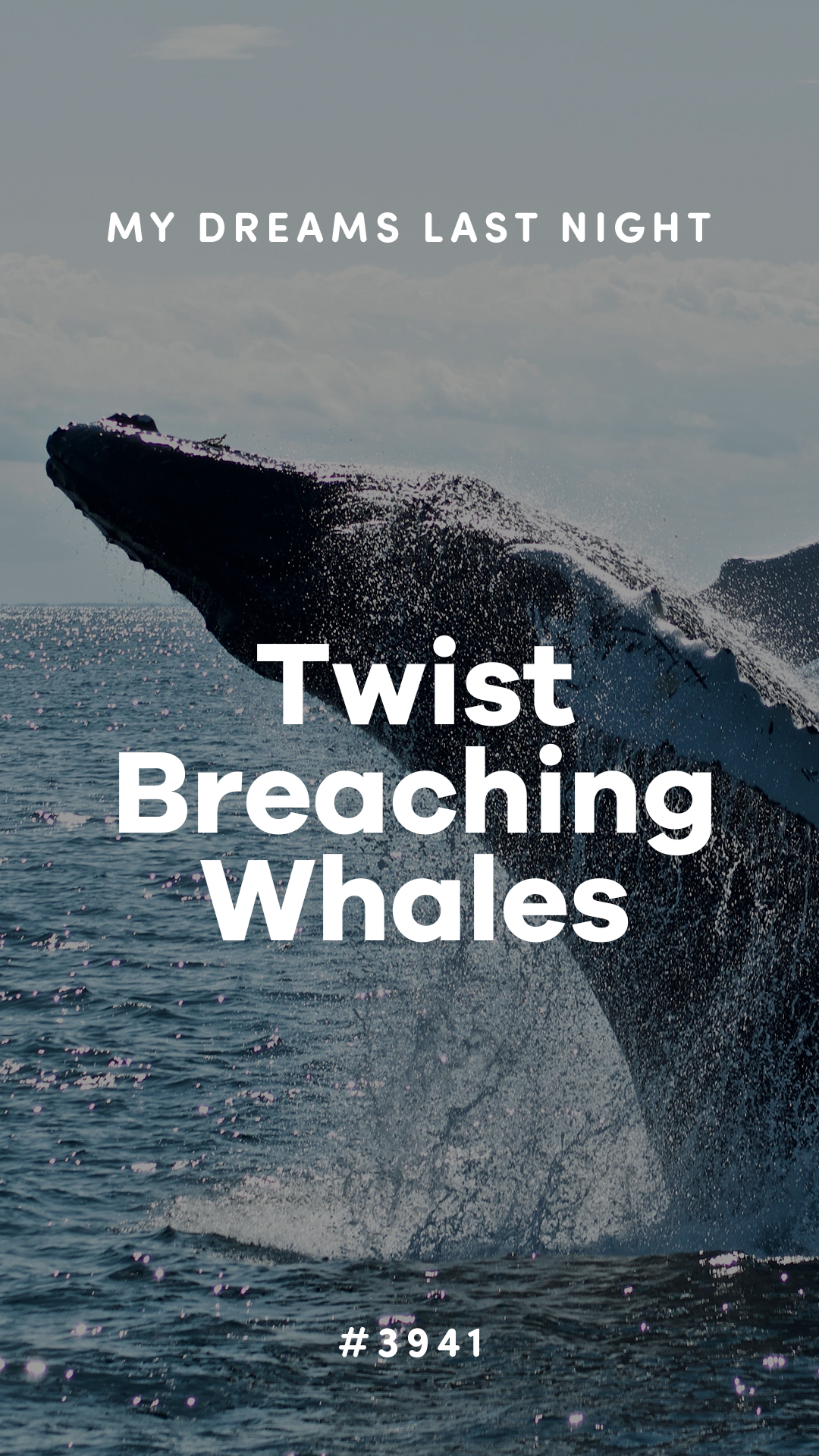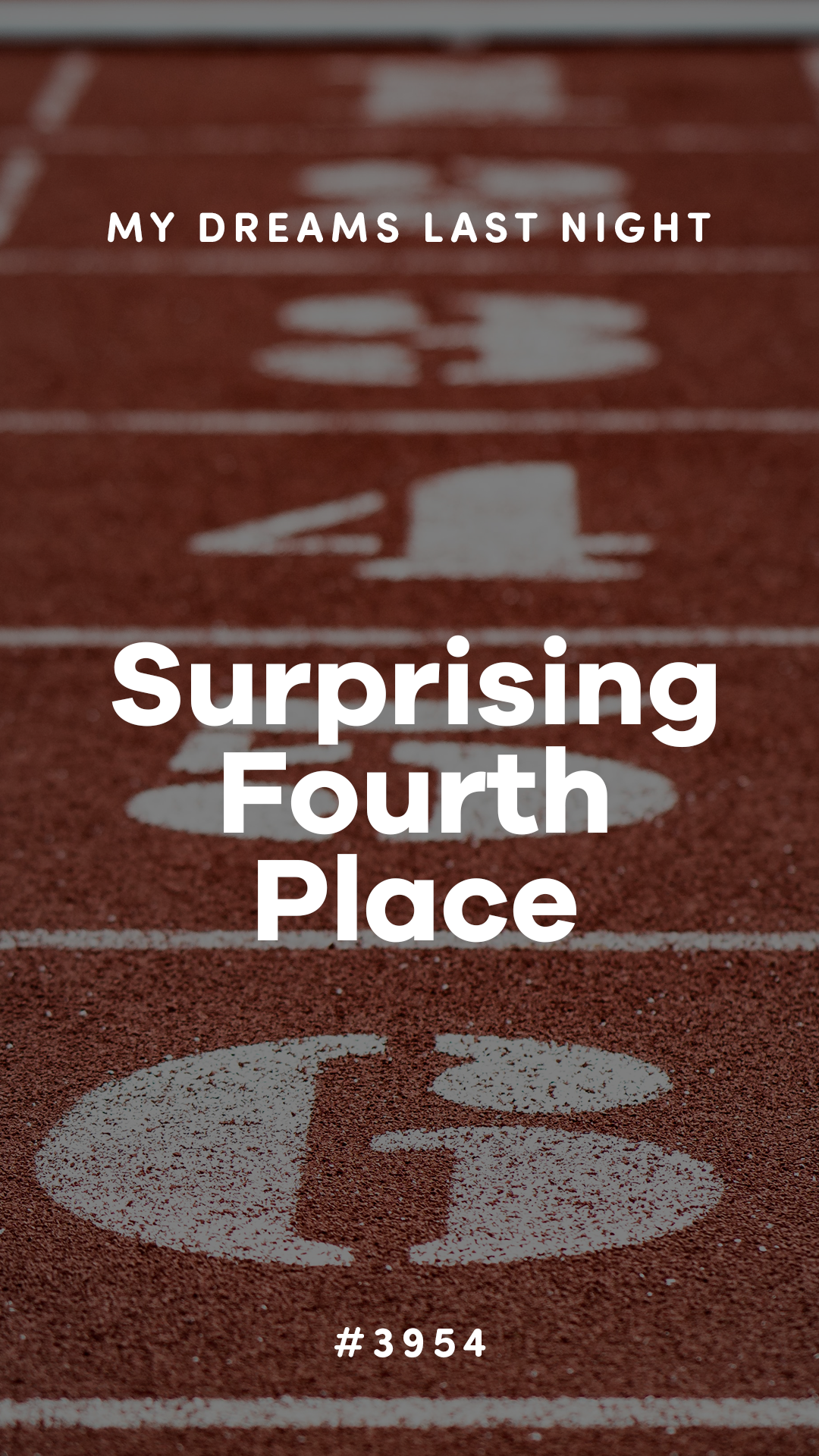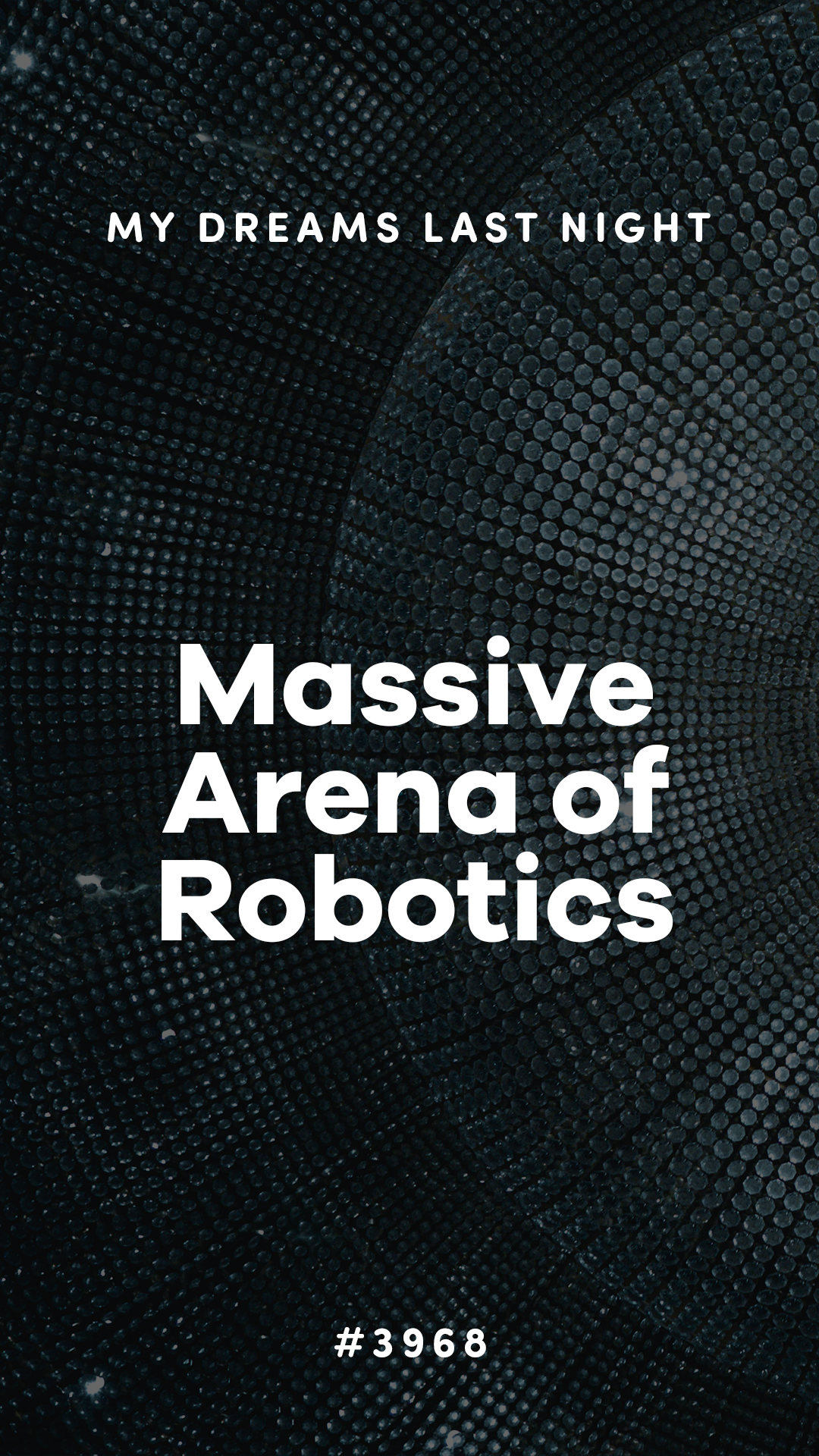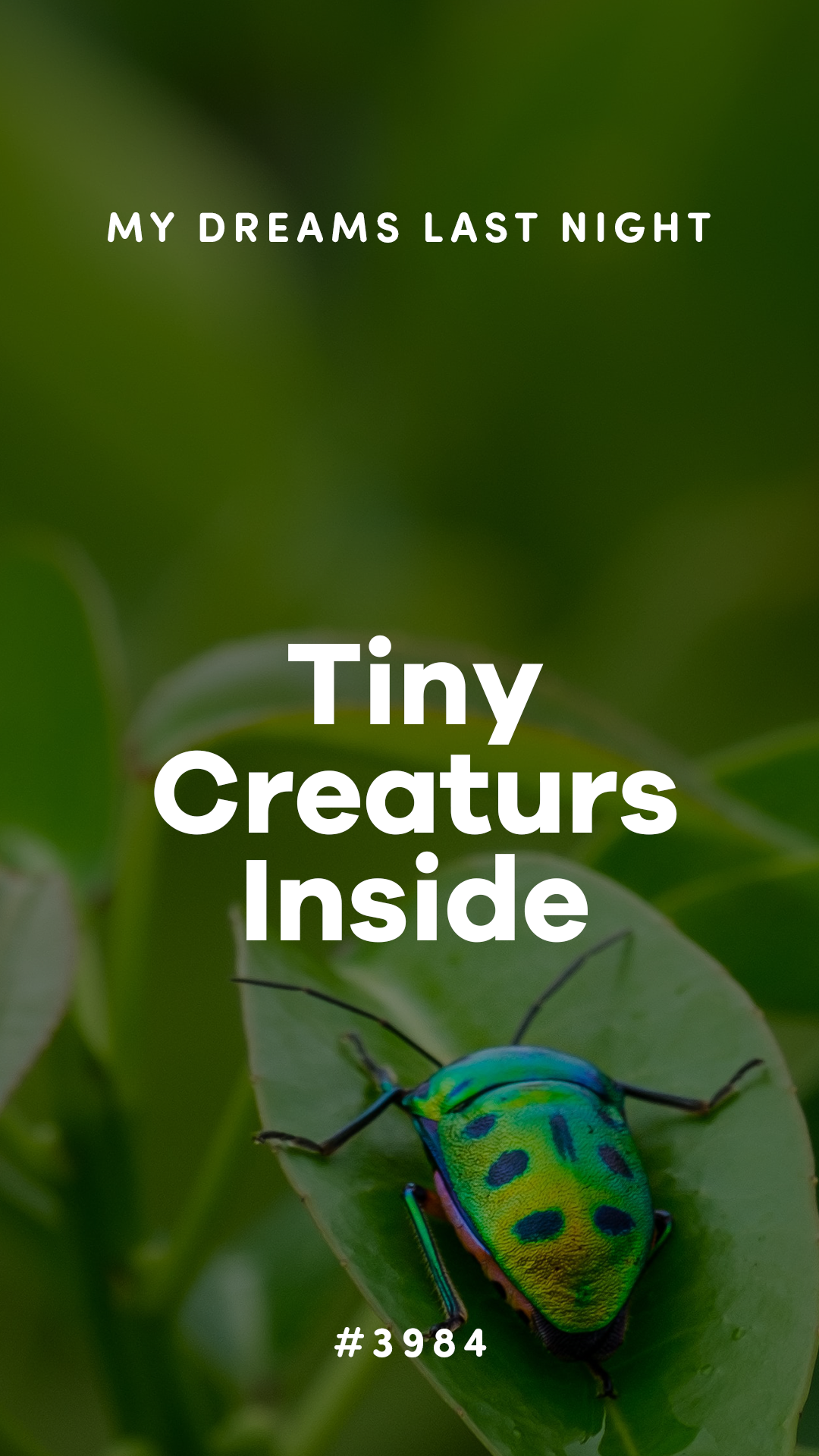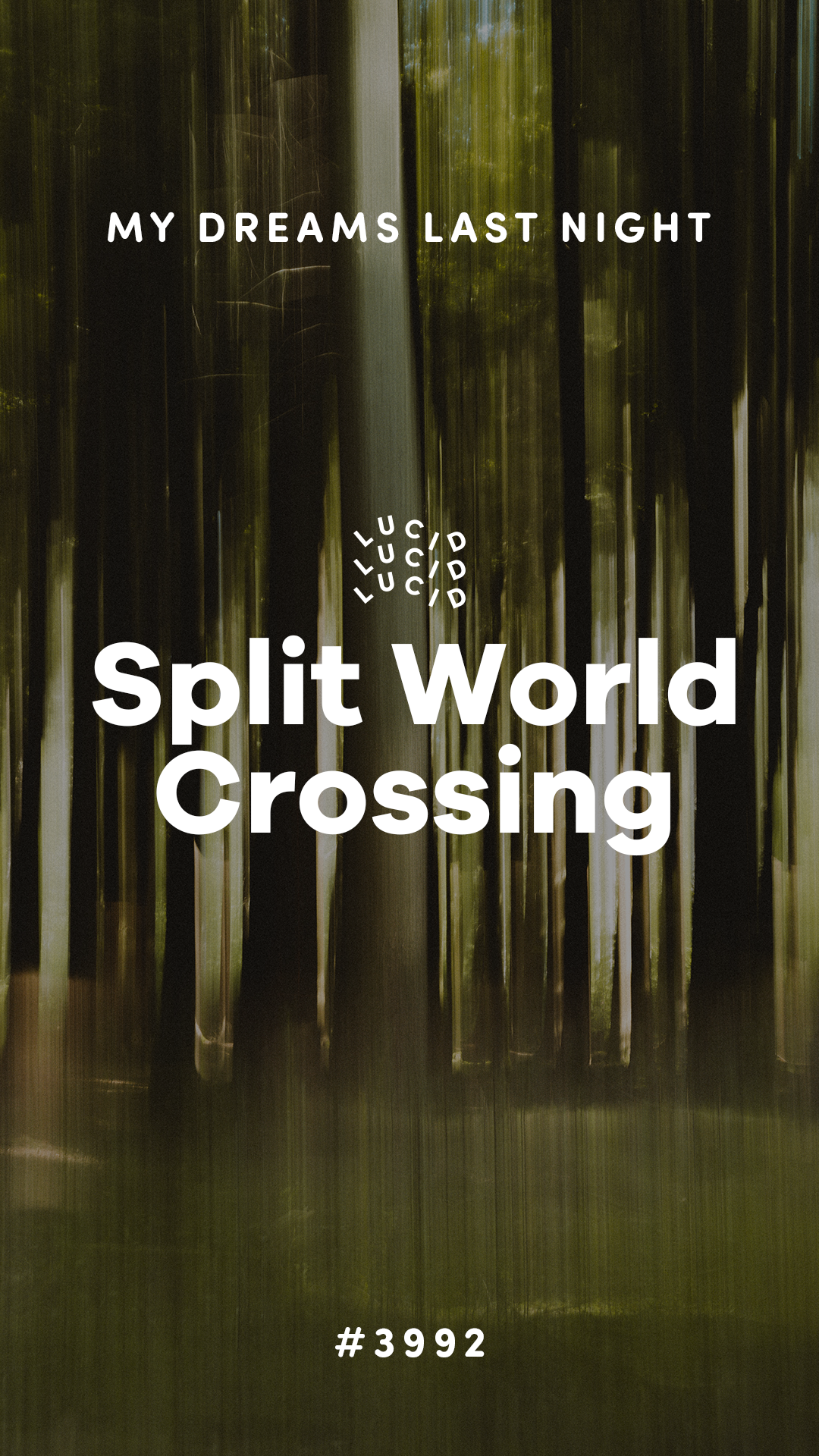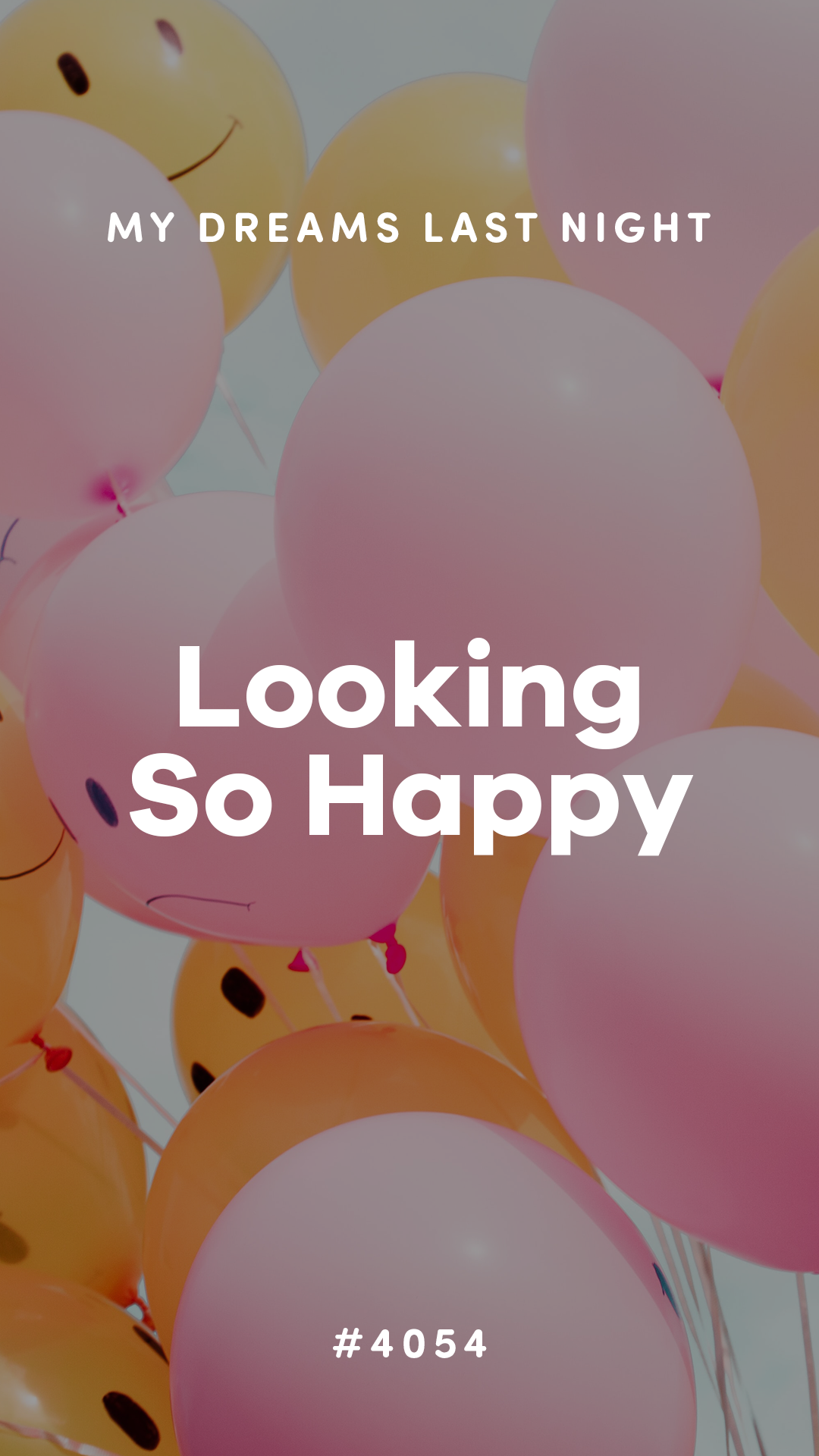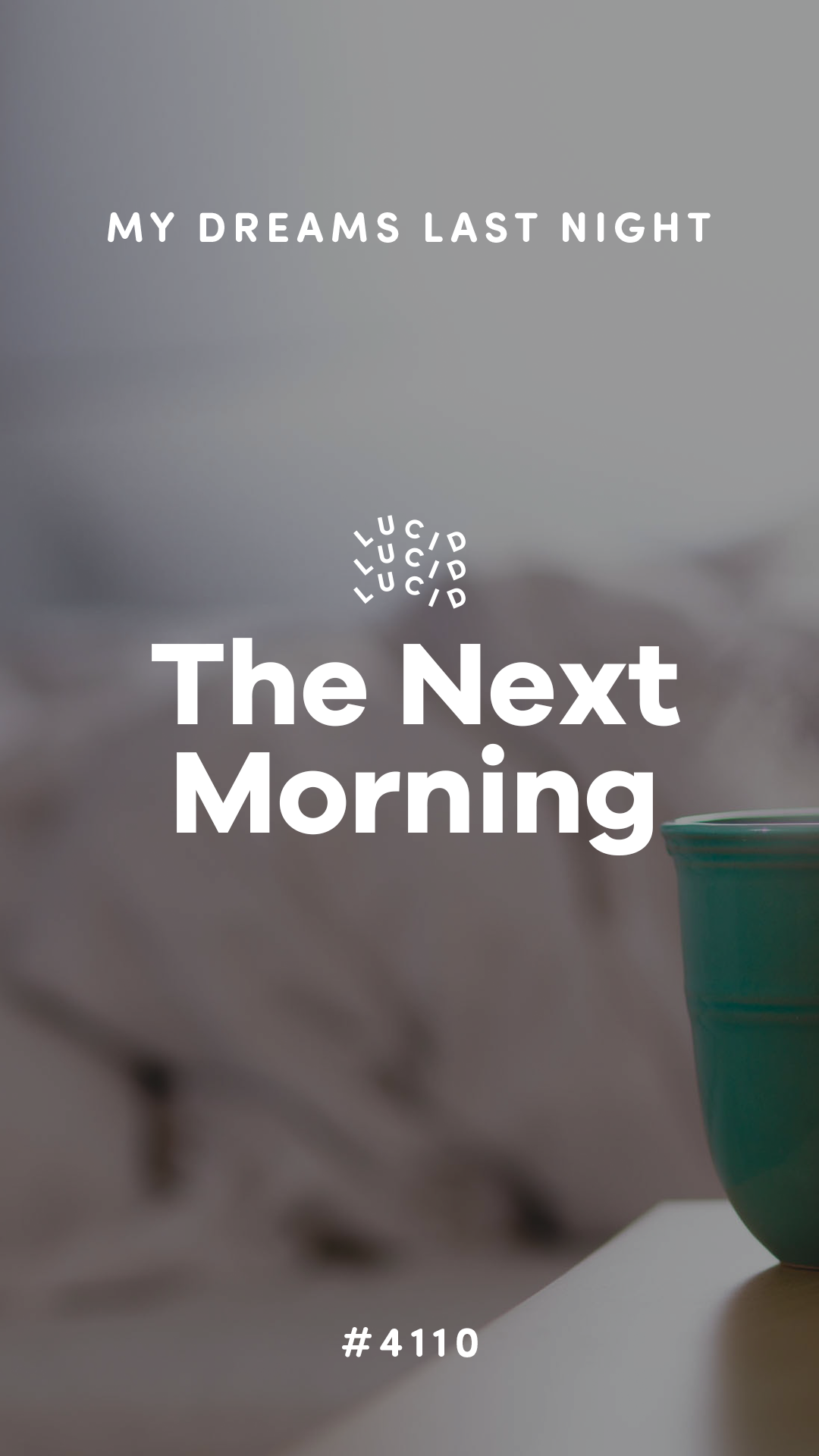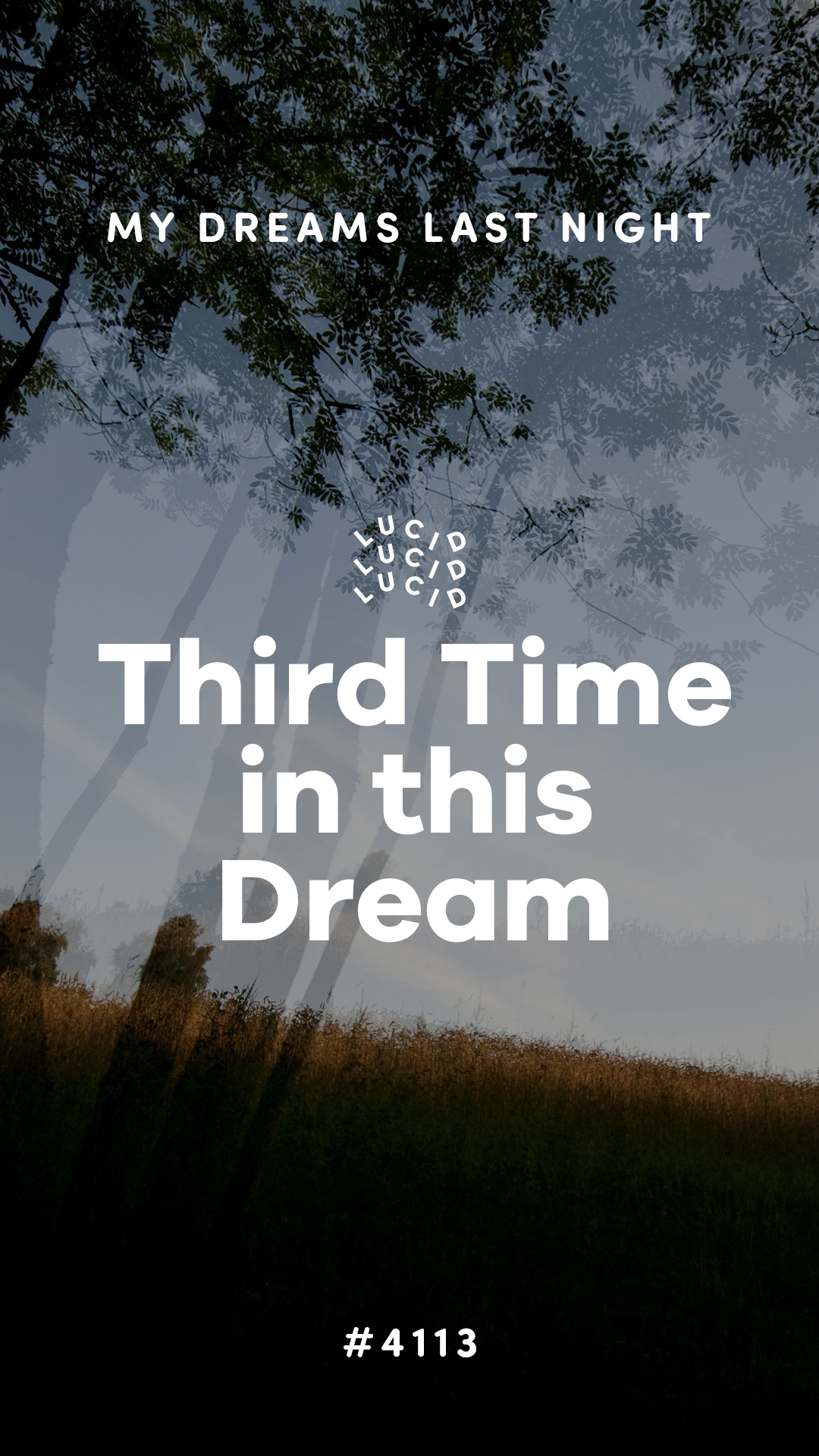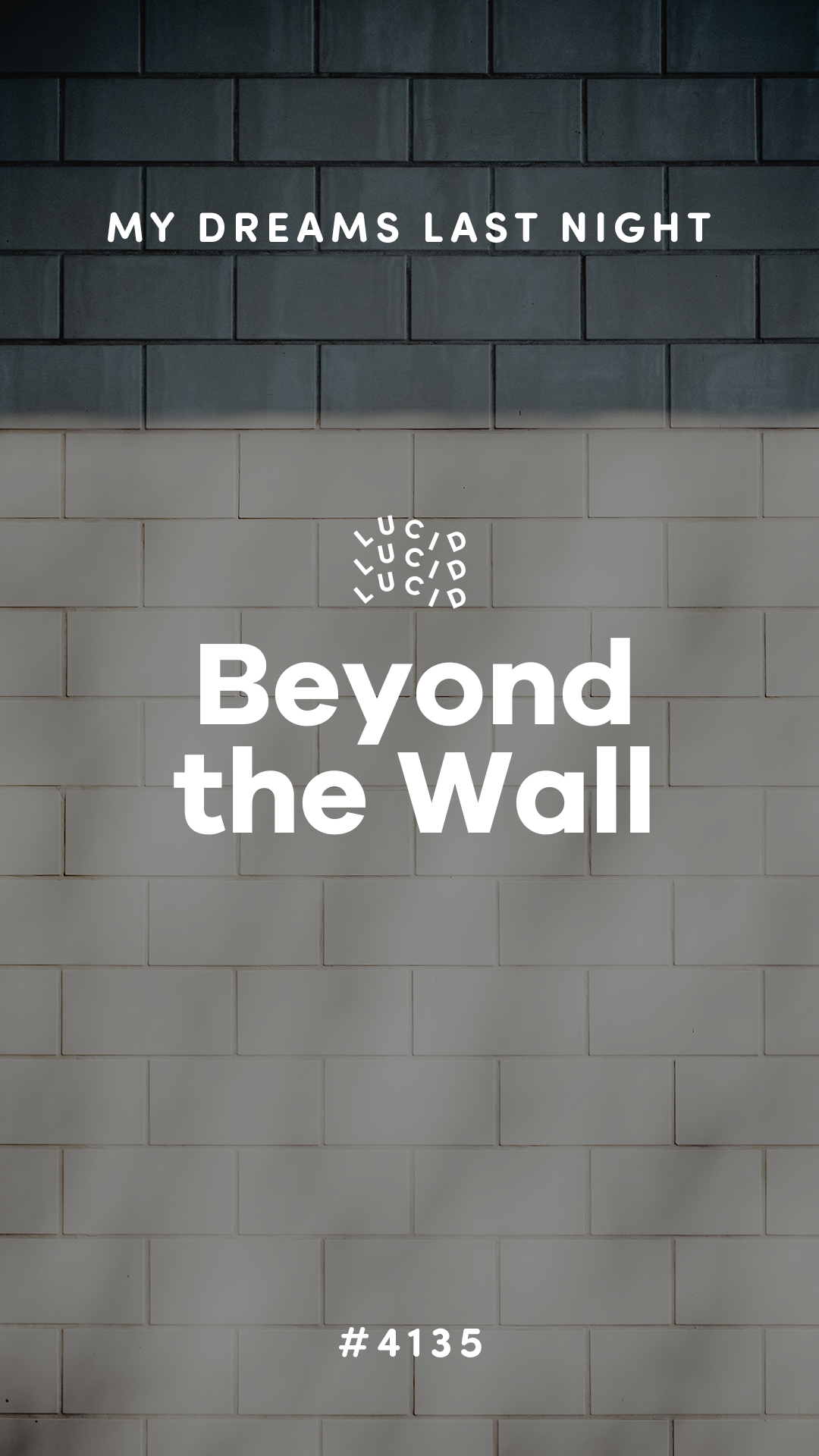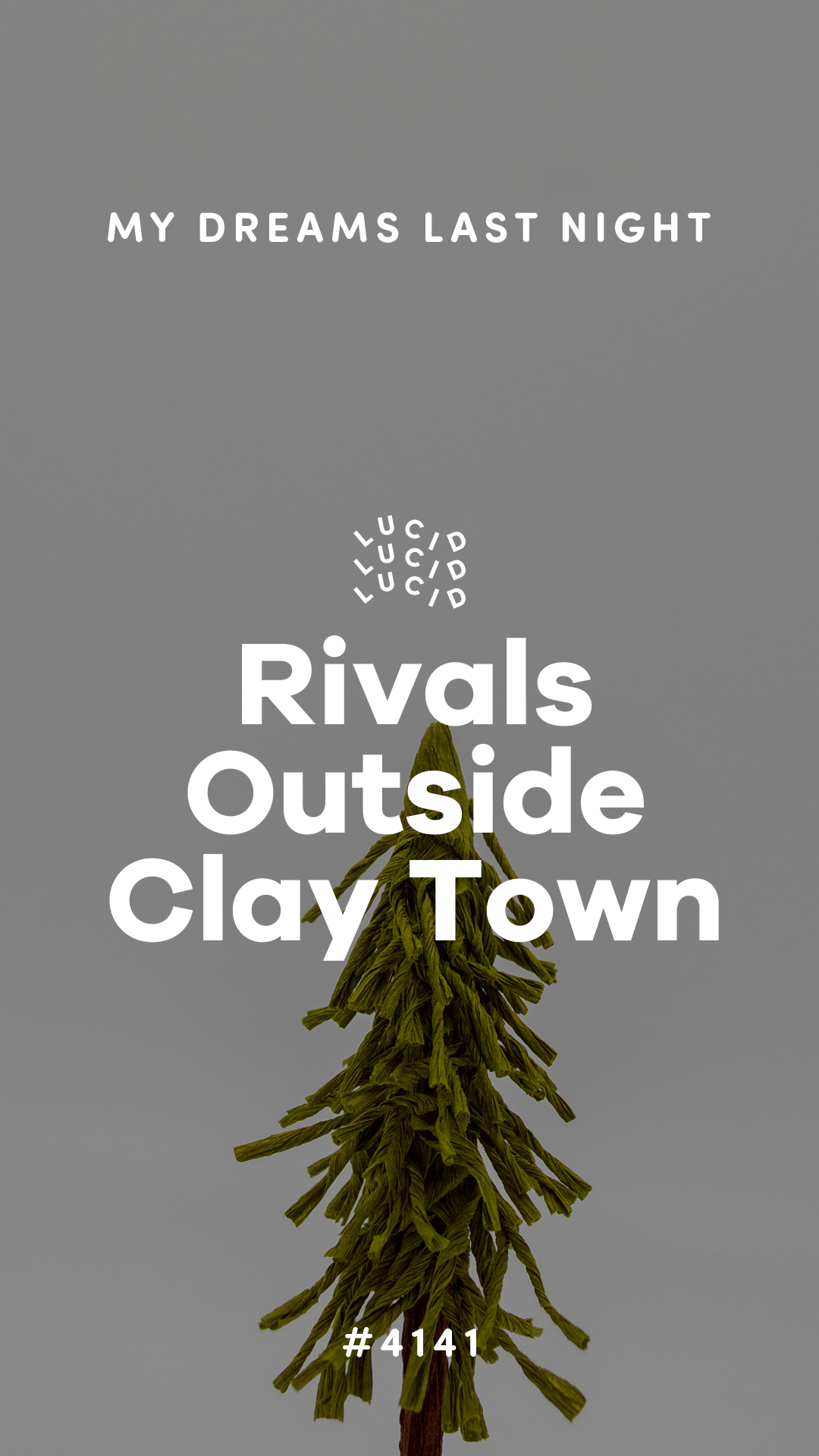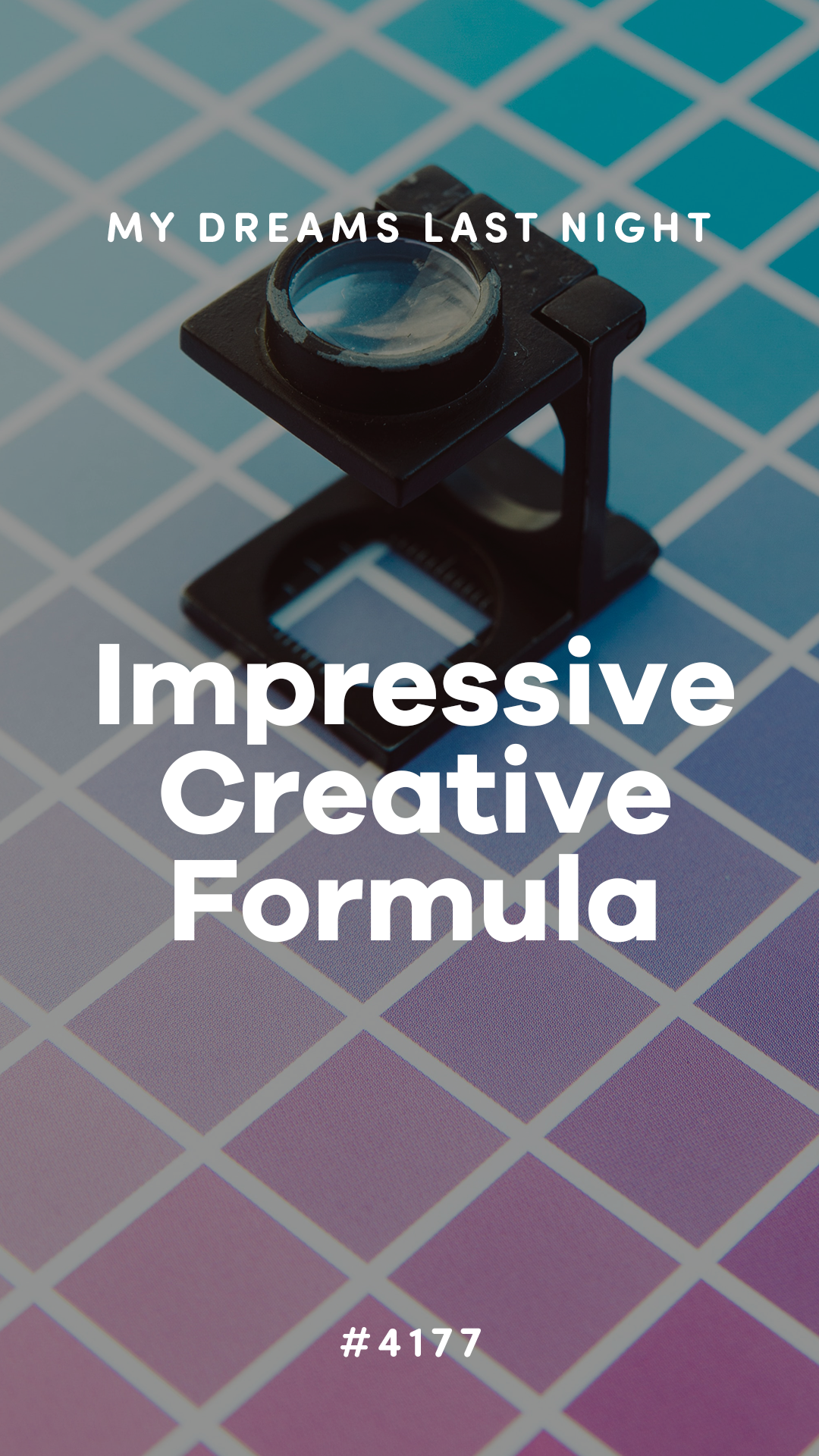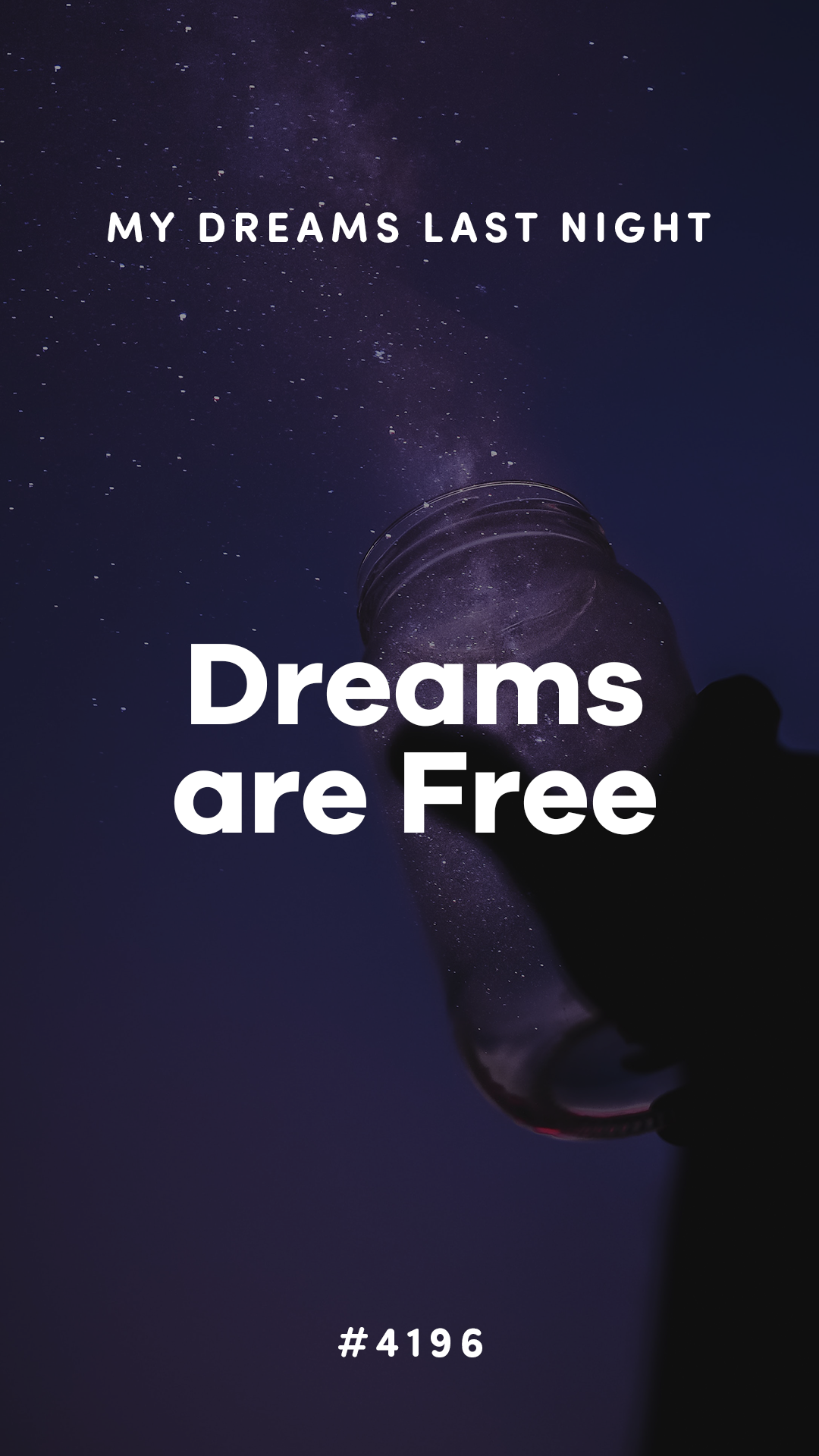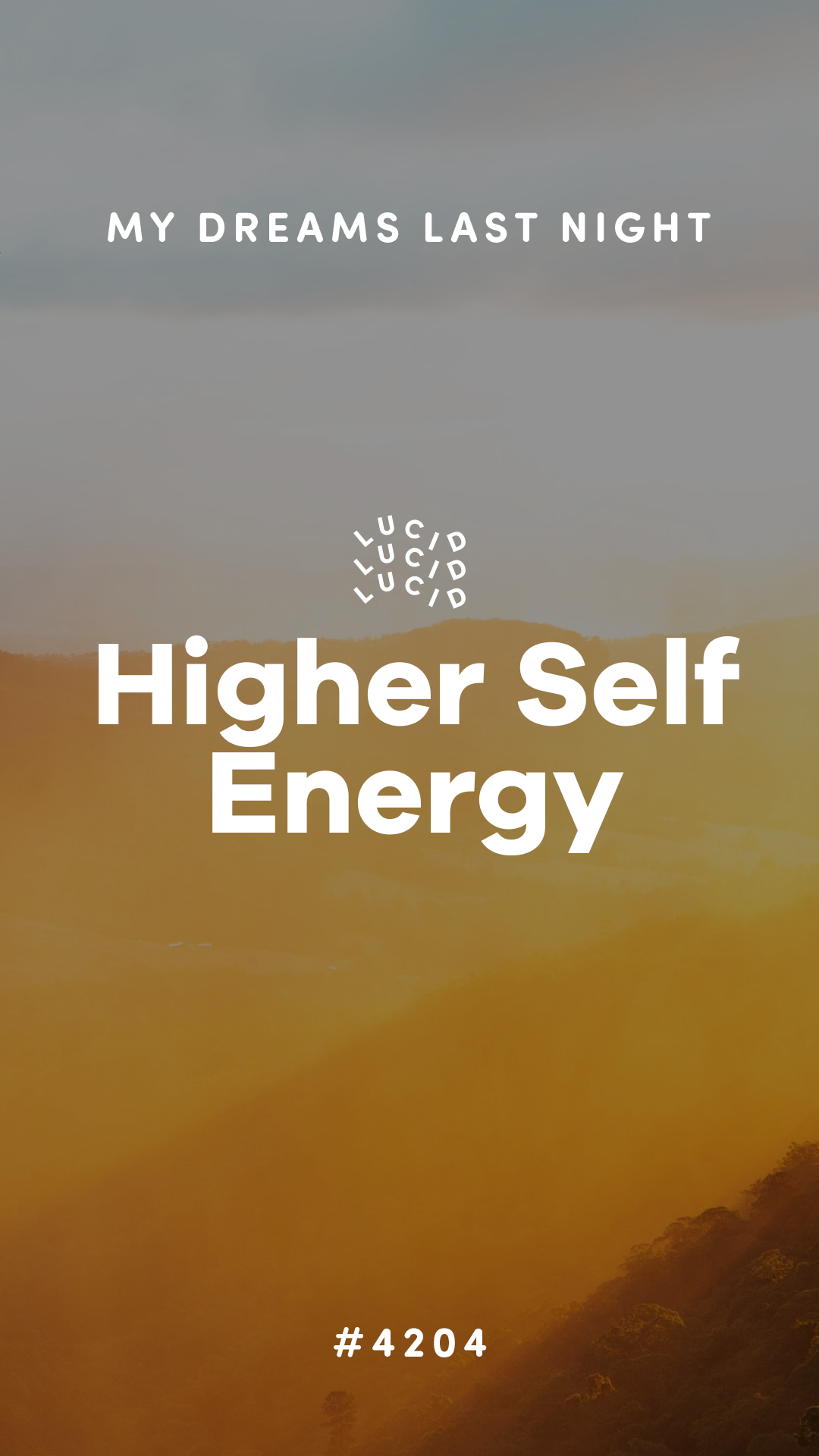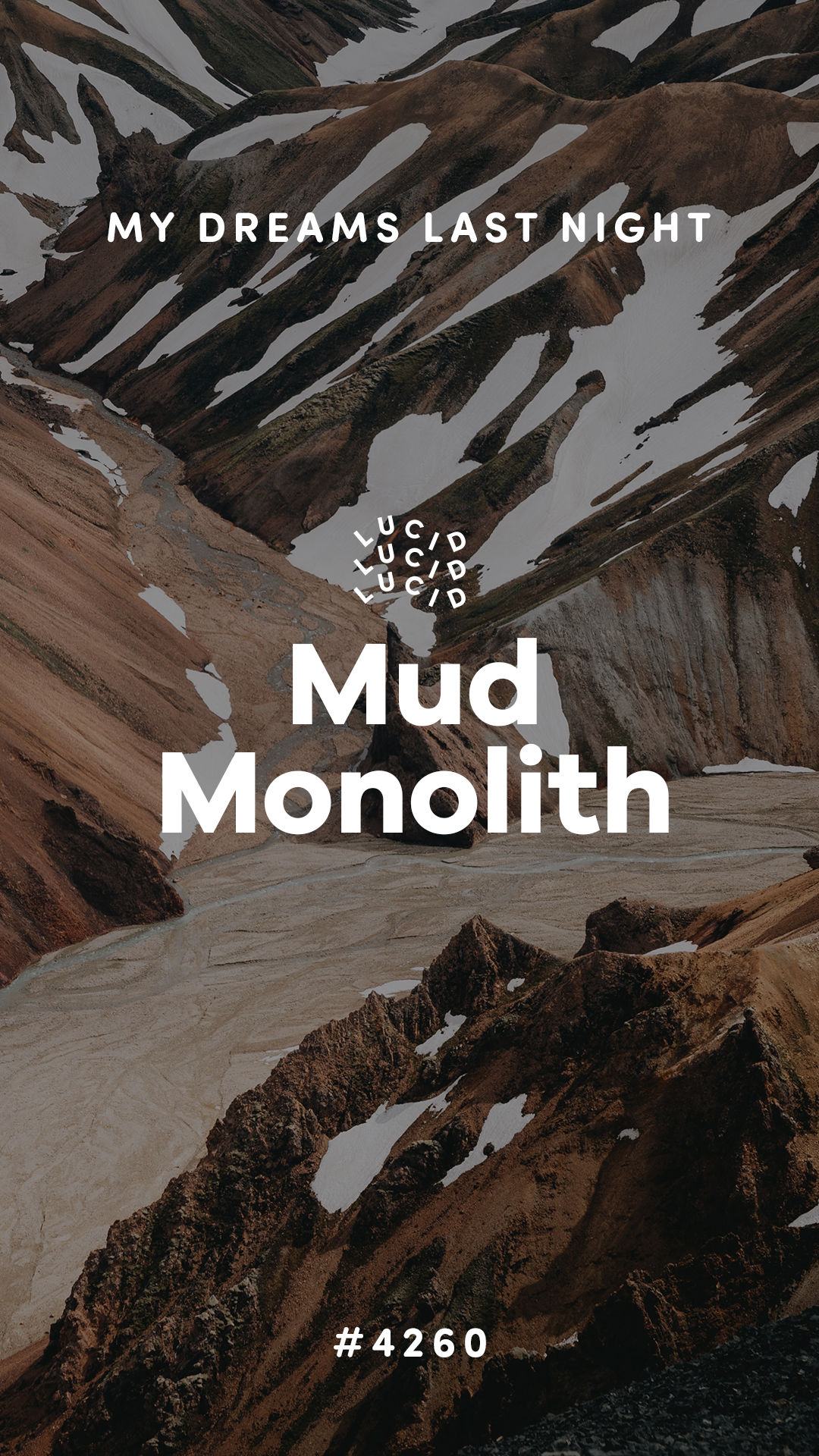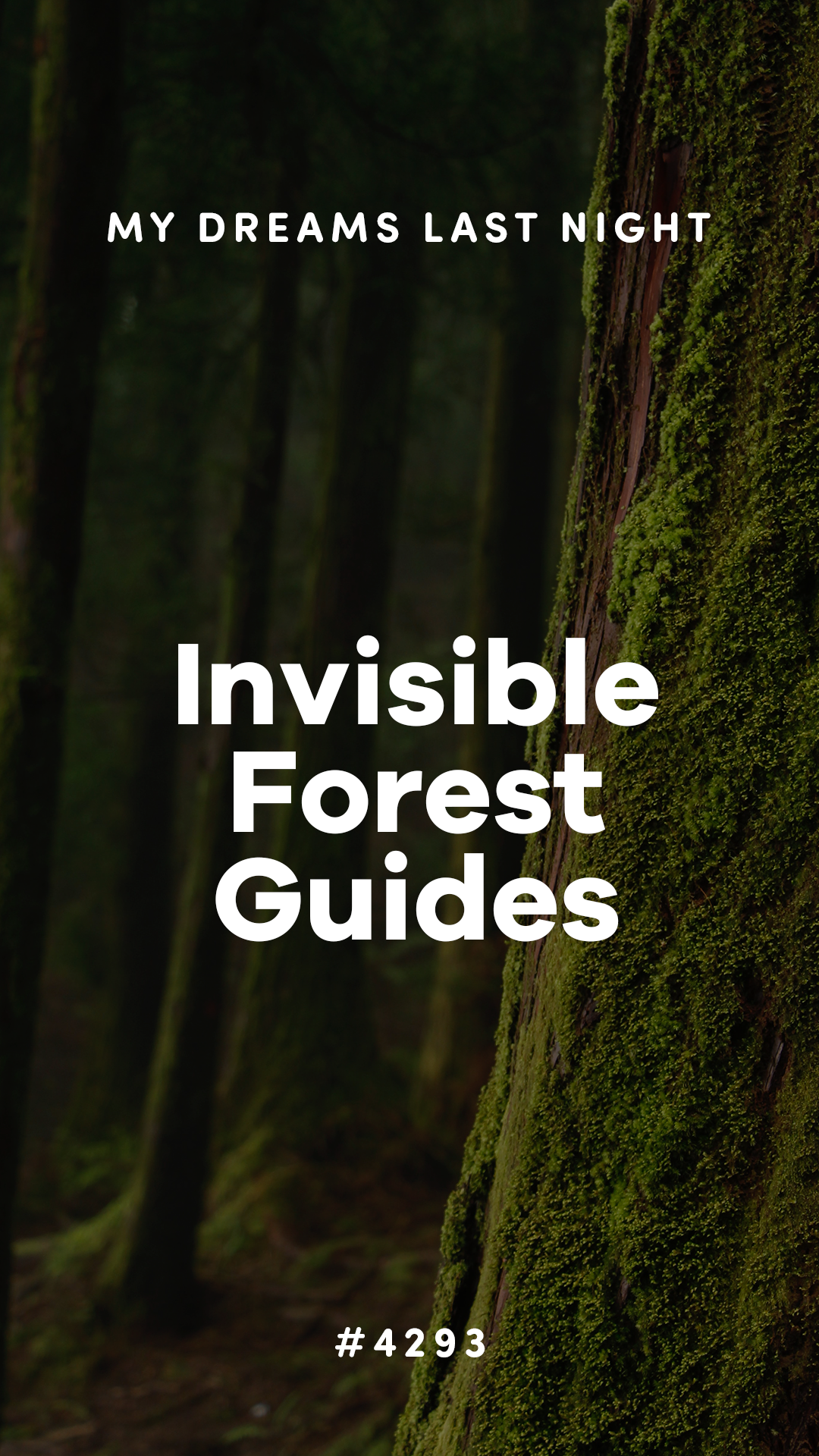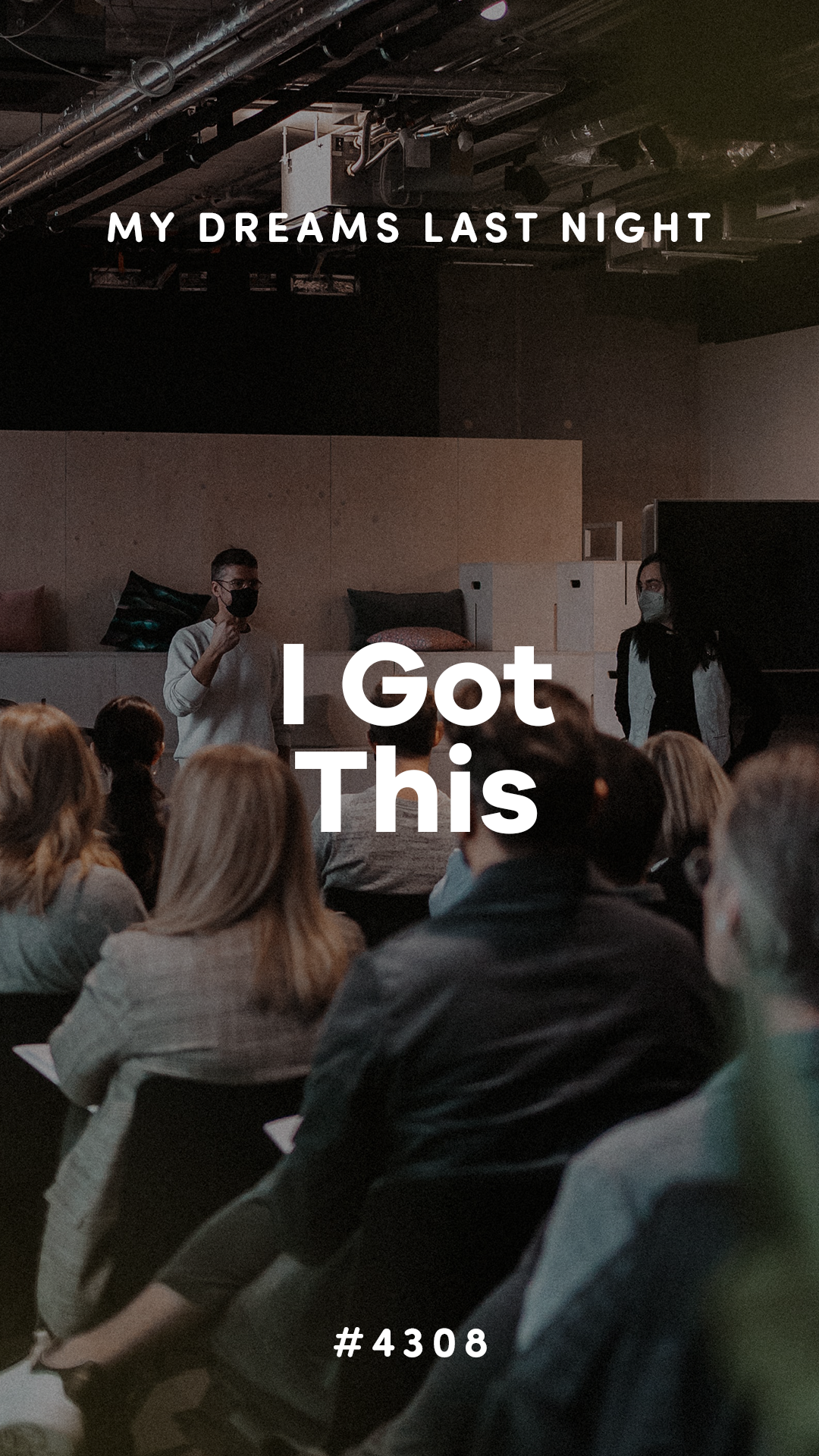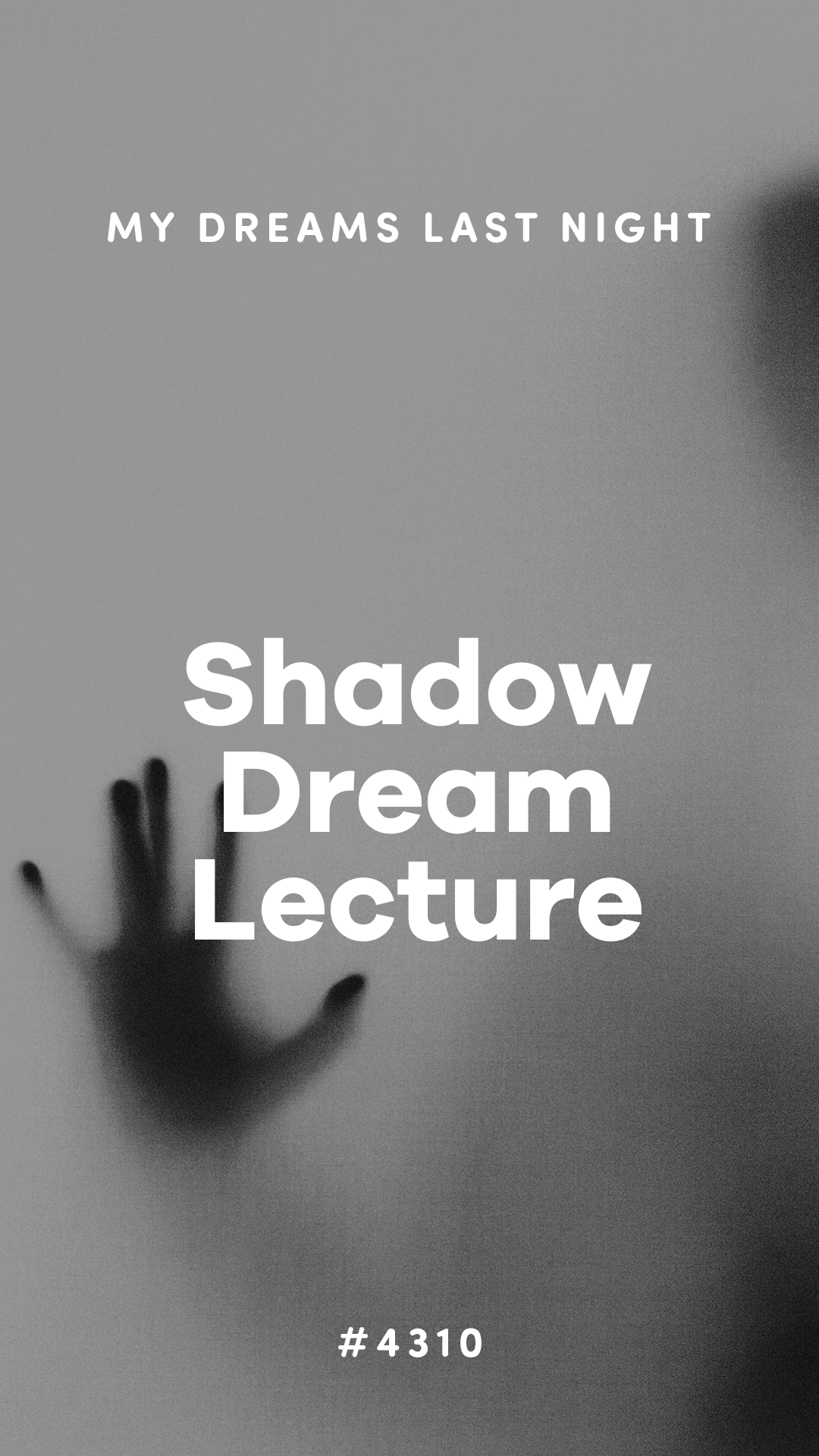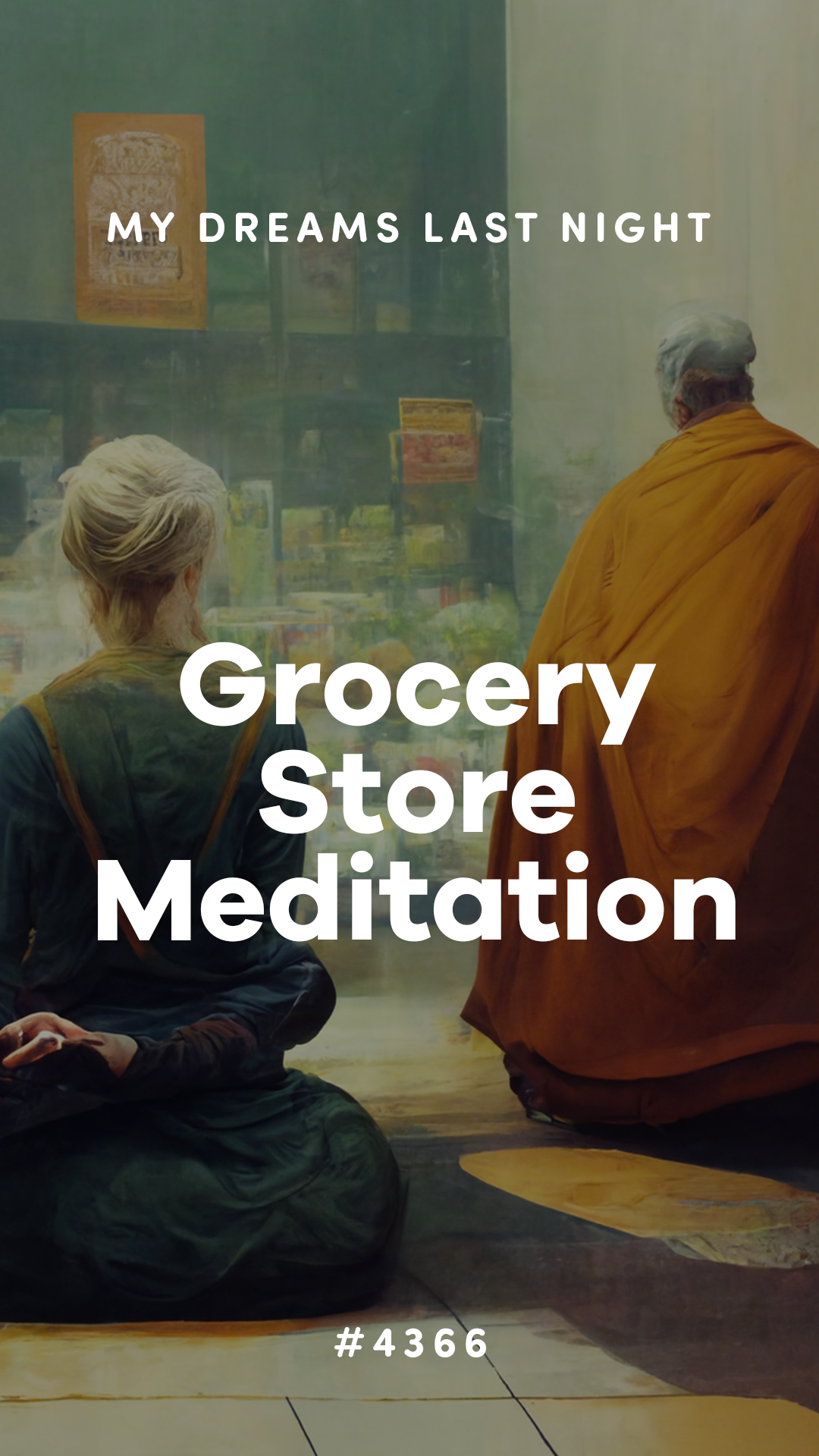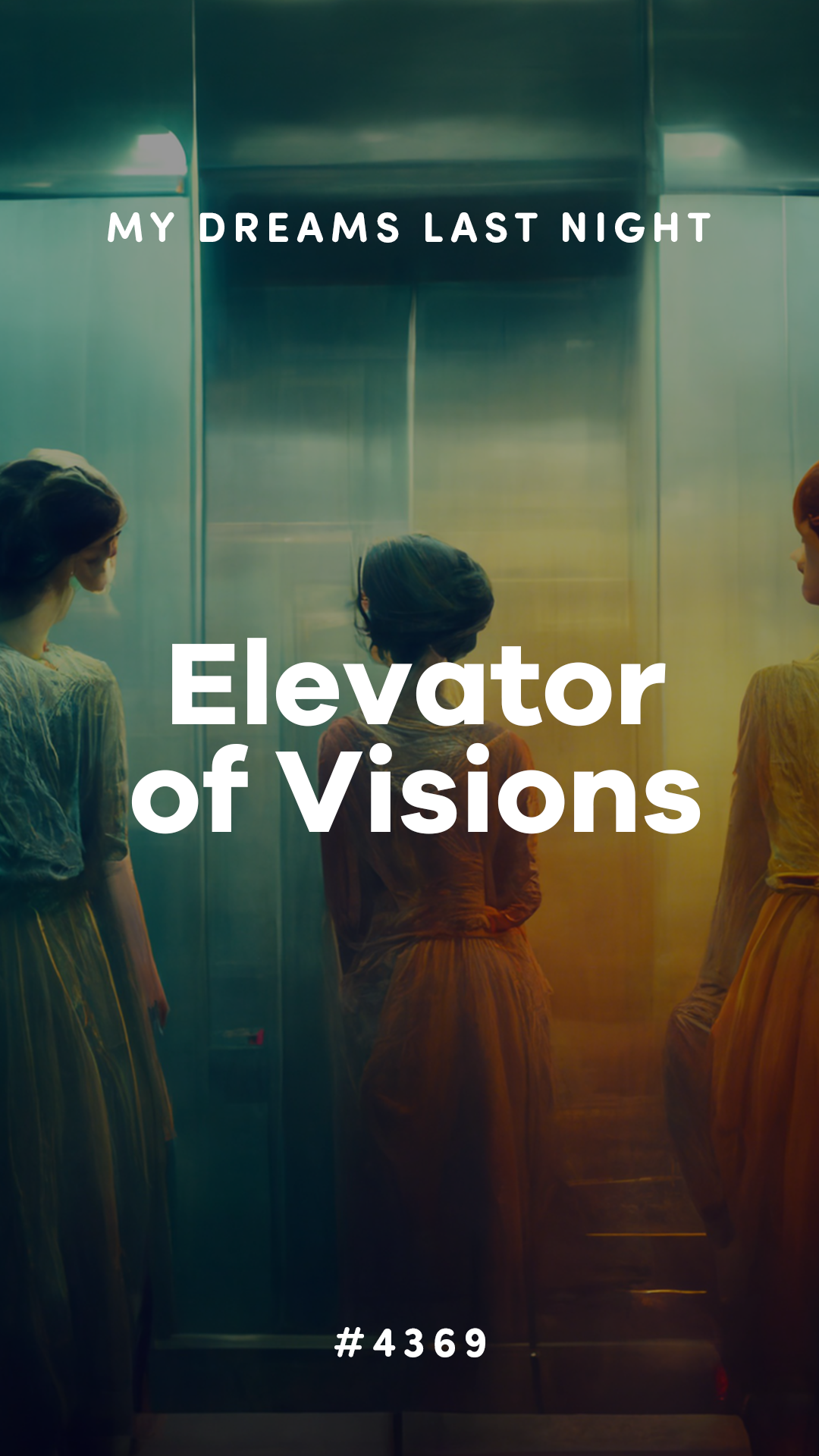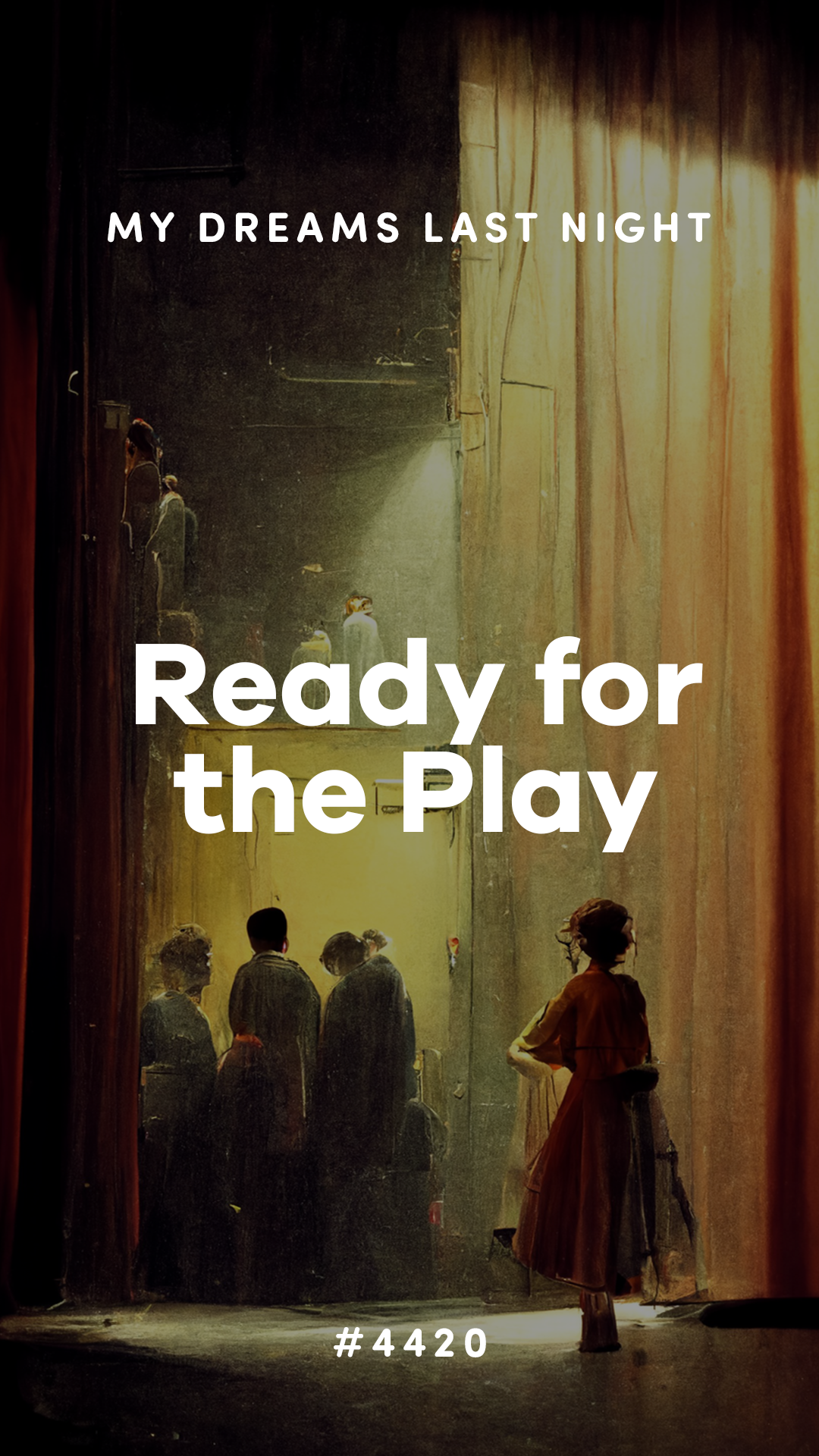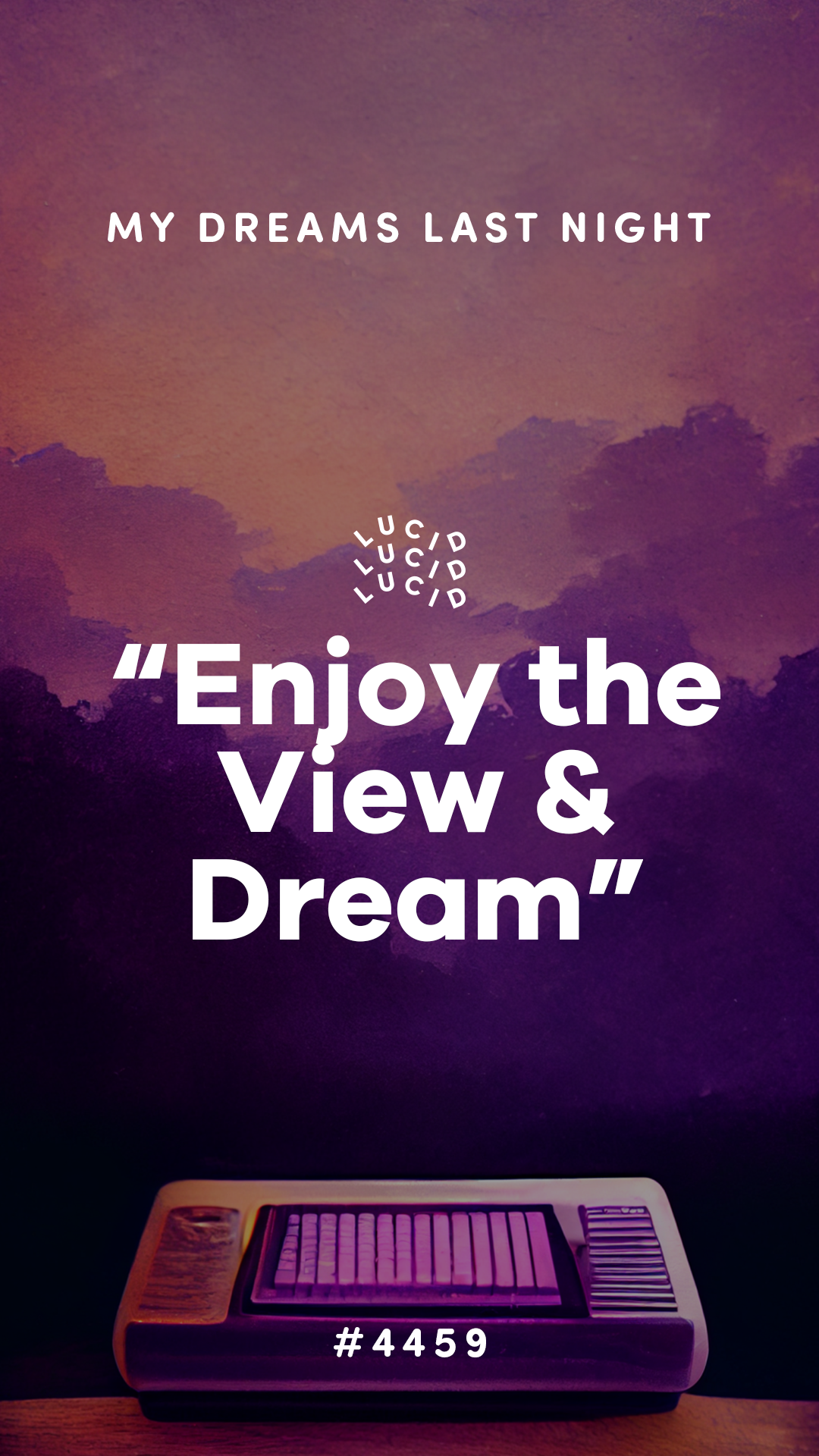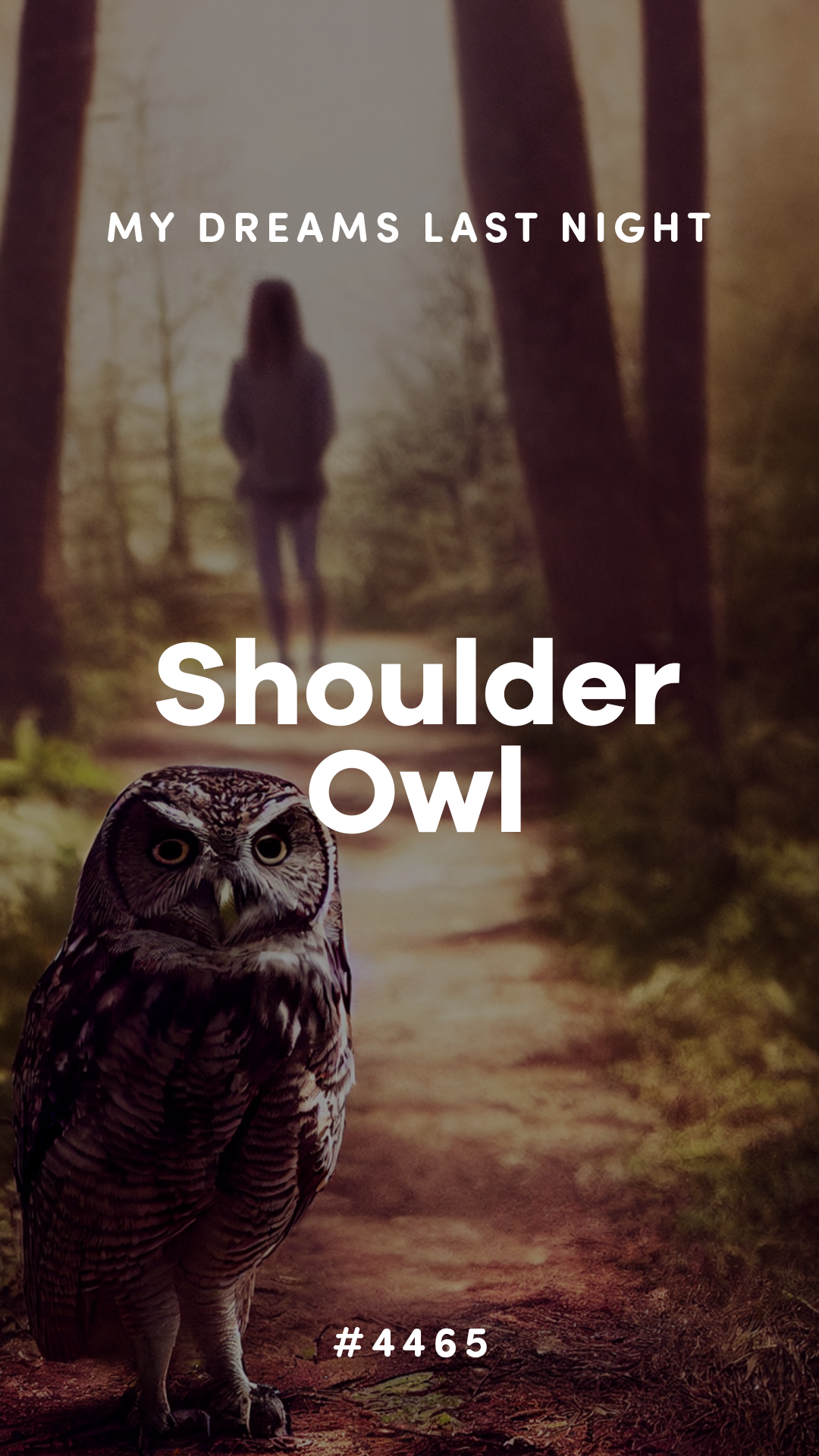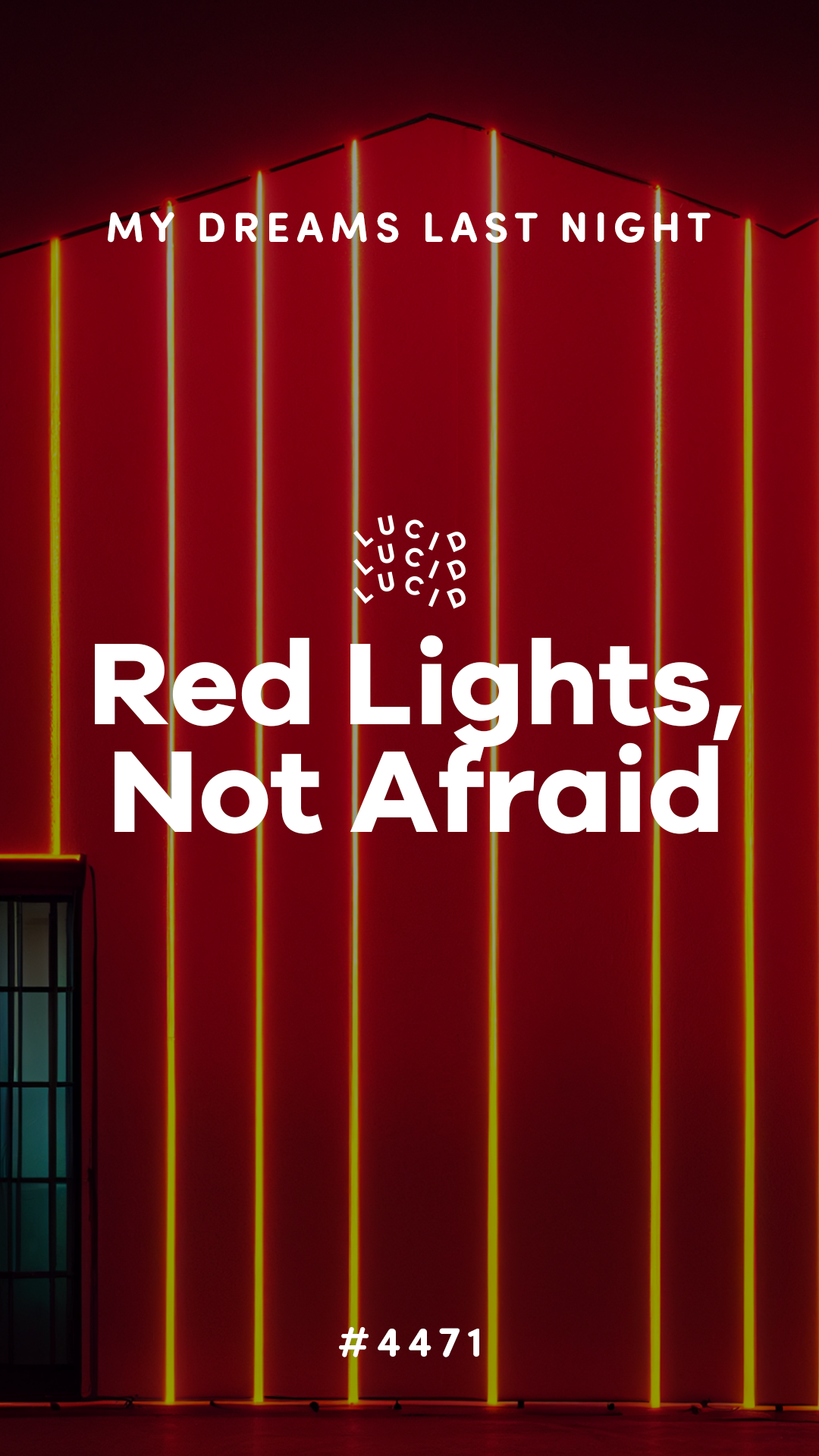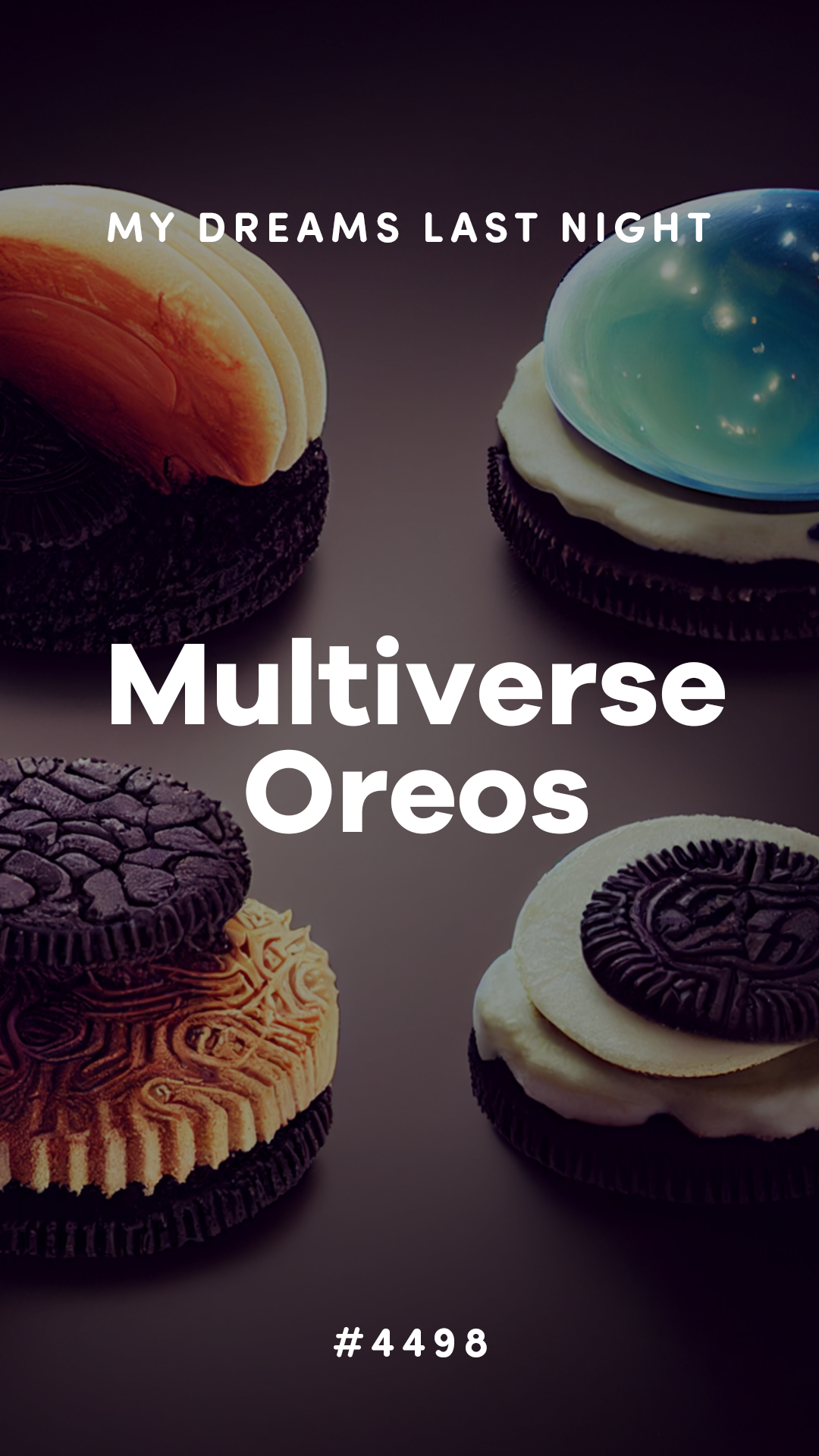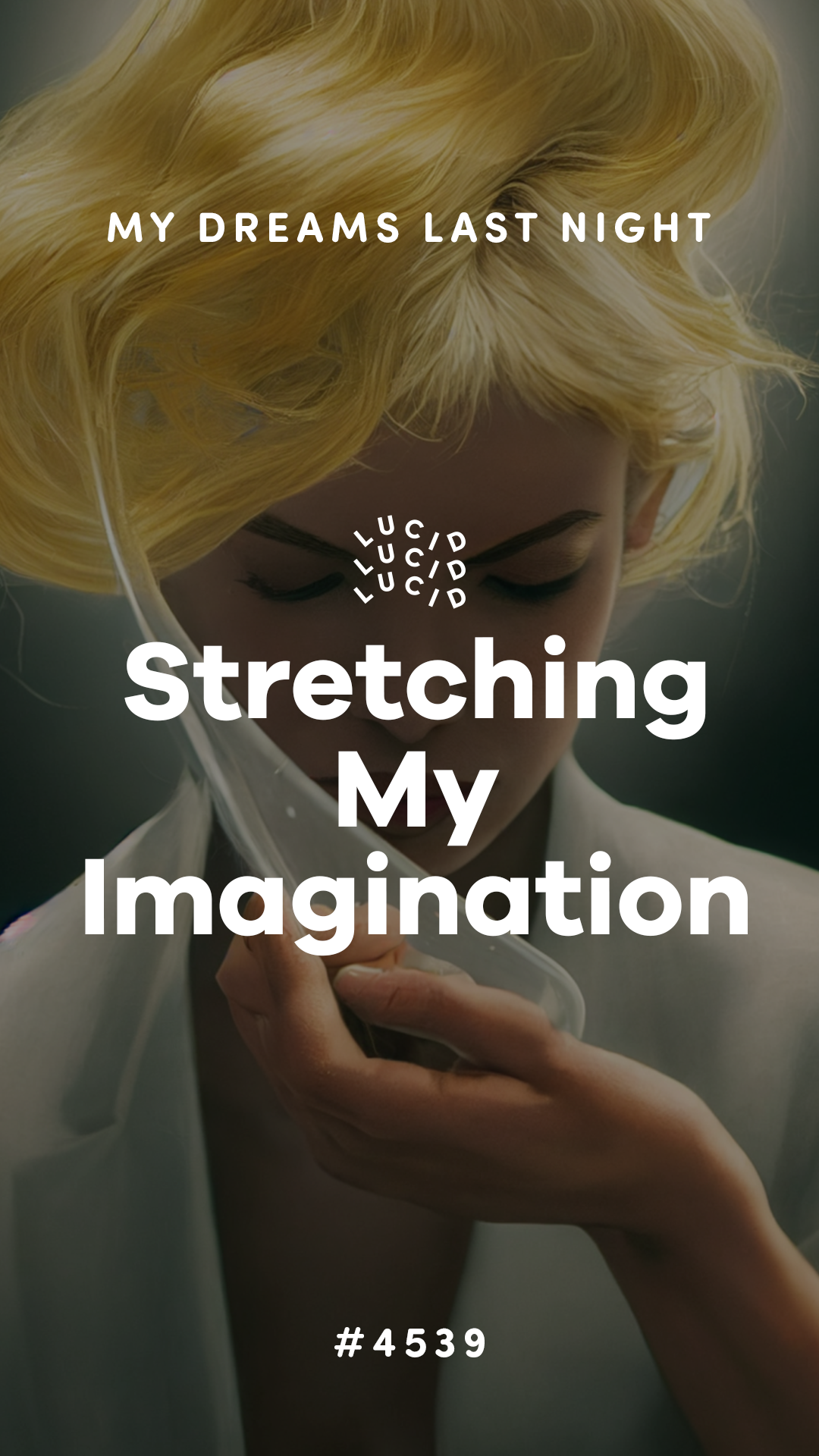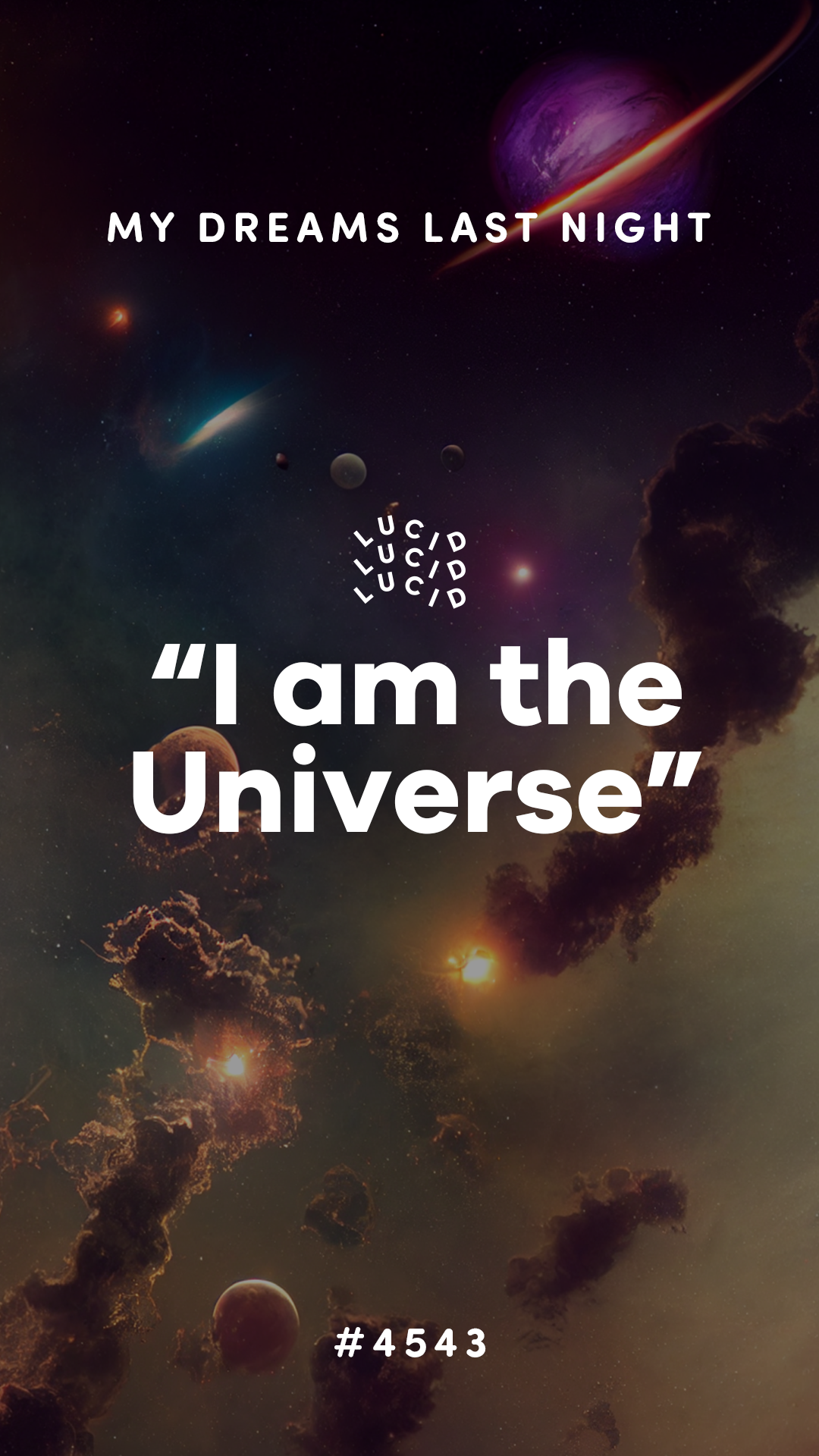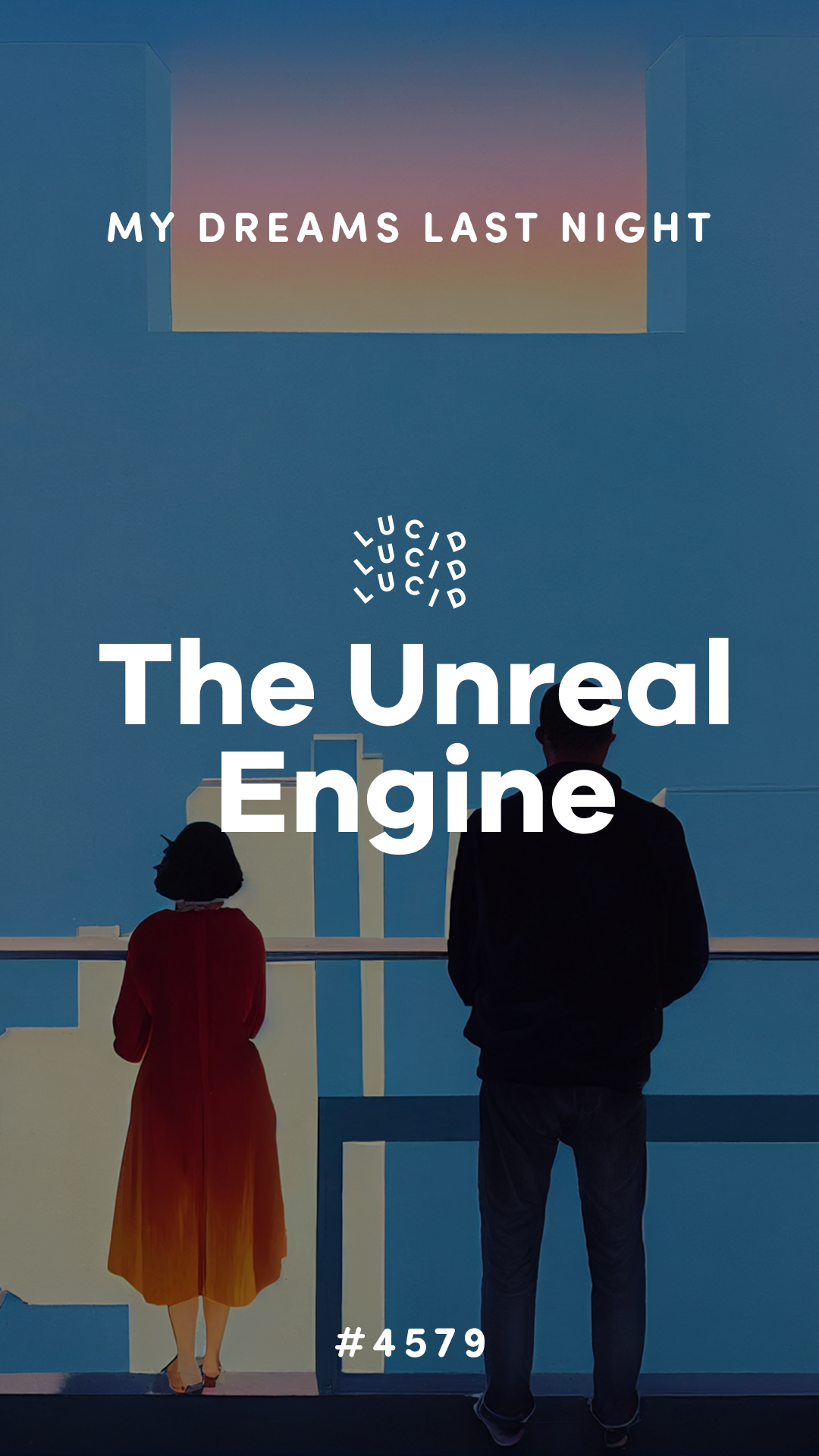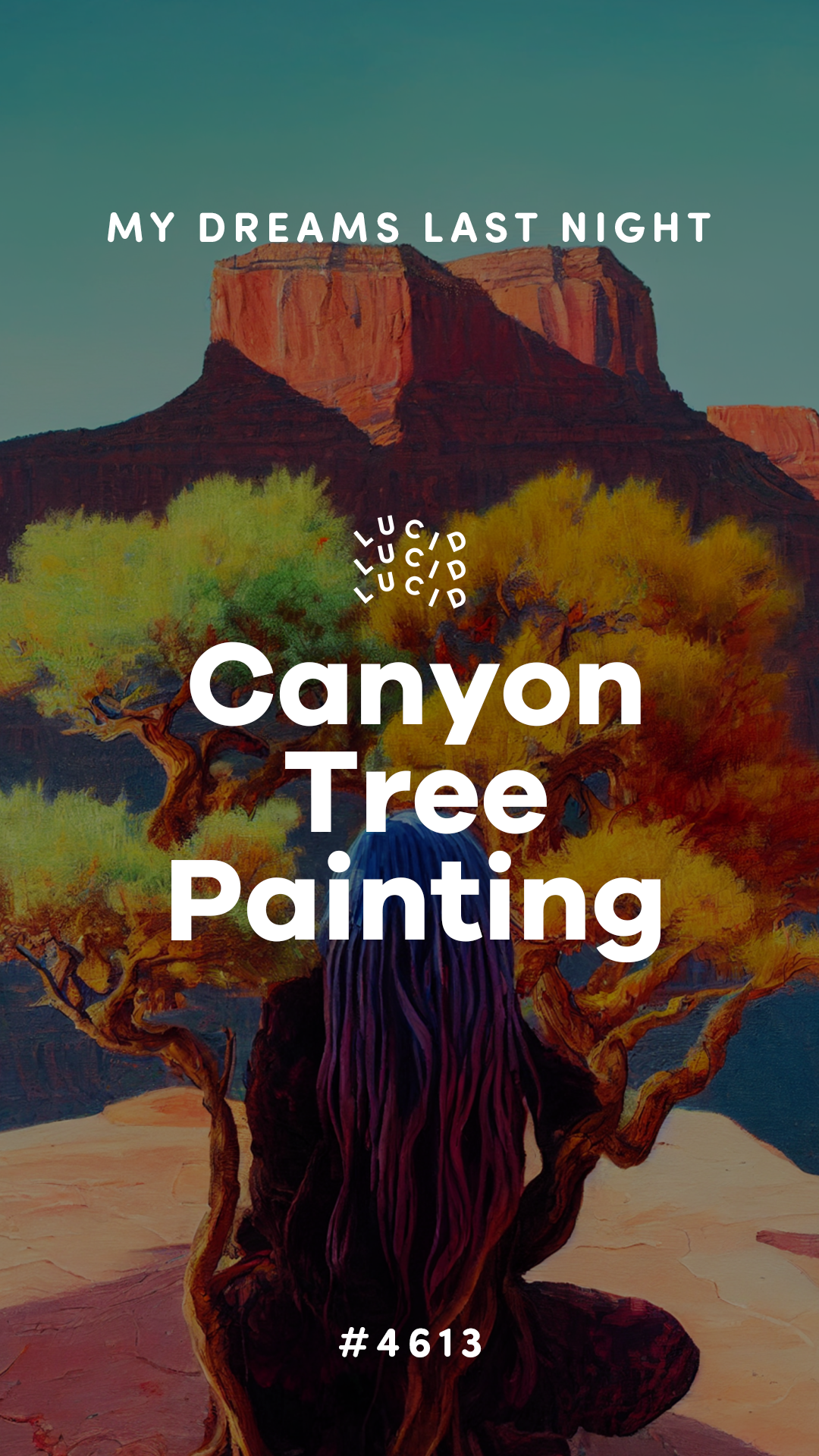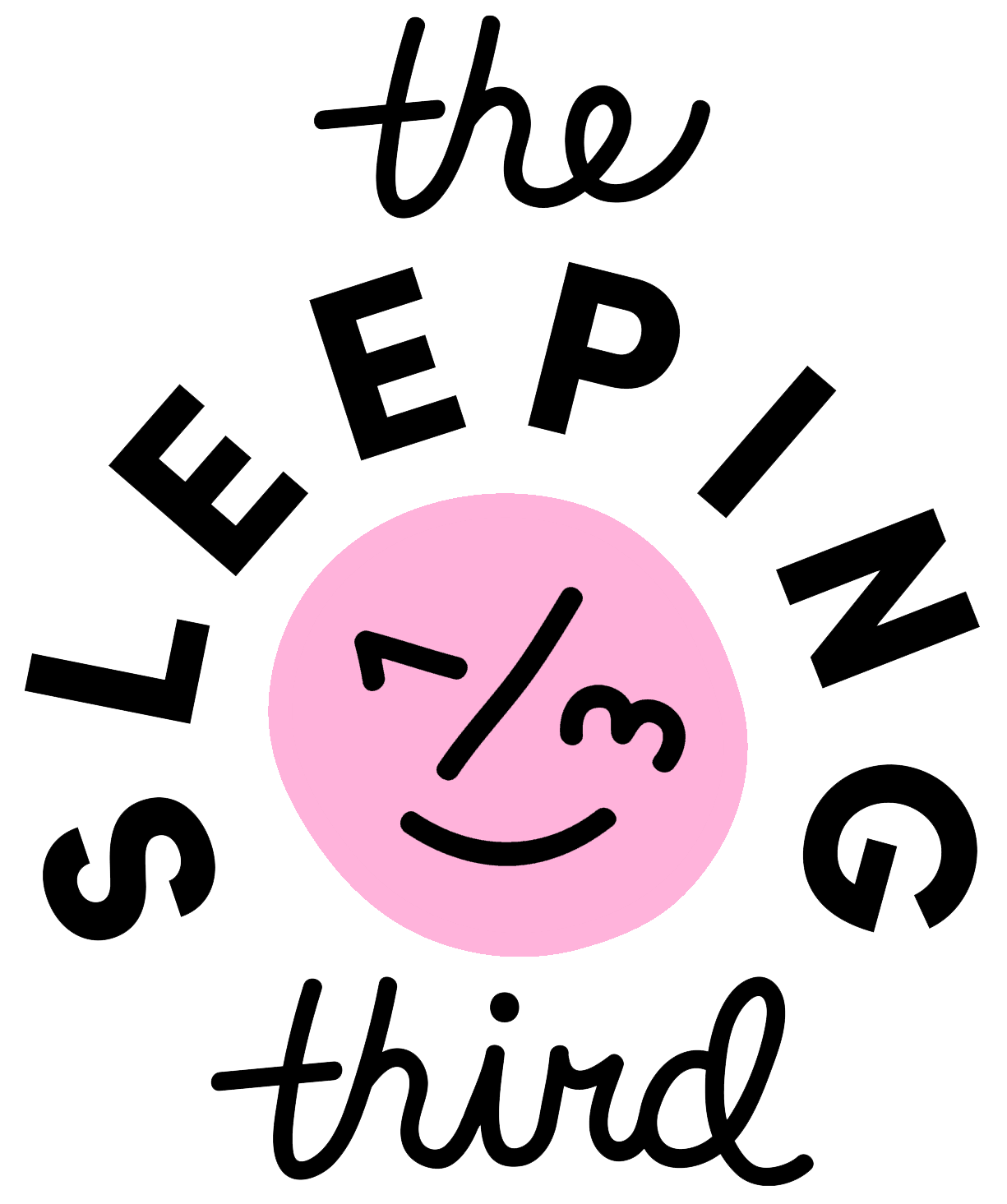The 2022 Dream Report
xxxI can certainly say that 2020 has been an unprecedented year, but you already know that. Everyone will have a unique experience relating to this tumultuous year, but it's fascinating how universal and shared - around the world - 2020 has been. My experience with this year has been generally positive, though as a deeply empathetic person, I feel the suffering of others all the same.
Those that have been following my journey know that I am particularly obsessed with data, so a big part of my practice includes keeping detailed records of each dream and each day’s events. As per my annual report tradition, I am sharing just a small portion of the amount of data I collect in a massive spreadsheet, as it’s just too much! Nonetheless, I do hope you enjoy peeking into my sleeping brain, as much as I do collecting it. In addition to the data, I’ve also posted all 1,024 dream titles here. Do note that it takes a wee bit of time to load them all.
Always feel free to reach out with comments and questions. Happy New Year! Here’s to an incredible 2022!🥂
2022 Data Summary
Compared to 1,047 in 2020
Compared to 130 in 2020
Compared to 12% in 2020
General Dream Trends
Highlights from more general dream related data.
Total Dreams Per Month
This chart represents the number of dreams recorded each month of 2021. On average, I recorded 85 dreams per month this year. My low numbers in September are due to travel and stress at work, and my high numbers in December are from more time off of work (reads: more sleep). 2021 was slightly down by comparison to 2020’s total of 1,047.
Types of Dream Experiences
Aside from "Regular" and "Lucid," there are plenty of in-depth and nuanced ways to categorize the cast experiences of dreaming. I've organized my own experiences into these high-level categories that I most frequently see, but there is likely to be so much more to discover.
Emotional Quality
Emotional quality refers to the overall connotation of each dream experience, most typically tied to how I feel when I wake up from them. For simplicity, I'm showing positive, negative, and neutral, though my personal scale has more nuanced levels. For example, some dreams are very positive or very negative.
Level of Realism
The level of realism refers to how fantastical to realistic each dream experience is. For simplicity, I'm showing, realistic and fantastical, though my personal scale has more nuances levels. For example, some dreams are very fantastical or very realistic.
Top Things I Dreamt About in 2021
1. Top General Theme: xxx
2. Top Recurring Theme: xxx
3. Top Positive Emotion: xxx
4. Top Negative Emotion: xxx
5. Top Character Type: xxx
6. Top Lucid Activity: xxx
Favorite Dreams of 2022
Lucid Dream Trends
Highlights from specific lucid dream related data.
Lucid Dreams Per Month
This chart represents the number of lucid dreams recorded each month of 2020. On average, I recorded 11 lucid dreams per month this year. These are a bit lower than last year, which I also attribute to fewer nights using dream enhancing supplements this year.
Lucid Quality
The quality "level" of lucid awareness within a dream will not be the same every time. Sometimes there's strong influence and agency, and other times, the dream seems sloppy and haphazard. With practice, lucid quality grows and enables more profound experiences.
WILD vs. DILD
WILD refers to a "Wake Initiated Lucid Dream" and means that you go directly from being awake into a dream, carrying awareness with you. DILD refers to a "Dream Initiated Lucid Dream" in which something within a dream already underway sparks awareness and you become lucid.
Dream Sign Distribution
Dream Signs are unusual things that come up in dreams that help signal that you are dreaming and spark lucidity. Stephan LaBarge categorized them by Inner Awareness, Action, Form, and Context. Here's how my dream signes are distrubuted.
Number of Dreams by Week
A Few Lessons Learned
My more realistic dreams occur in earlier dream cycles.
X X X I’ve been focused on a dedicated dream practice since 2018, and I am still learning new skills and developing my talents. Dreaming is something meant to be practiced every day and keeping up with it will yield amazing experiences. The biggest take-away here is to never give up. Stick with it. Even if you think it’s too hard to remember or you’re focused on lucid dreams but not having them - it’s okay. This practices ebbs and flows and the only way you’ll get better if you simply keep going and keep practicing. You have a lifetime of dreams, no need to rush.
Dreams reflecting real life events often show up 1 - 3 days later.
X X X The most important thing anyone in the beginning, middle, or advanced stage of their dream journey is to write down their dreams. Find the way that works for you. For me, it’s short keywords all night long, then transcribing the details later the next day. You have to find a method that you love to do. So if you don’t like writing freehand, type on a computer or do voice dictation. Experiment. Make it work for you, don’t work against it. And adapt along the way. What once worked for you in the past, might need a change up. No matter what, just write. The rest will come in time.
Dream recall is easier when I focus on the emotions over the content.
X X X Lucid quality can be all over the place! There are countless ways to measure this, but it’s so subjective, you’ll need to find something that works for you. The way I like to measure lucid quality is through Levels 1-5 (as shared in a chart above). You can experience simple, low quality fuzzy lucid dreams with little or no influence or strong clear and profound experience where you seem to have complete influence - and everything in between. I like to measure my lucid process on my ability to influence more and more within a dream.
Wake Back to Bed methods can be short and sweet for daily practice.
X X X Anytime I wake up throughout the night, I remain still in bed and quietly think about what I might have been dreaming about. Many of us have little fragments swirling in our minds that can be "reeled" in. I like to think of this process like fishing. I might remember that I was dreaming of something specific like a horse or a person - that's my hook. I also might simply know that I was dreaming, which can be a hook in and of itself. From there, I cycle through random questions like: Was I talking to someone? Was it Night? Day? Was I scared? Was I happy? Mad? What was I doing? Who was there? Usually, I'll "catch" the memory based on these questions and can reel in the entire dream narrative from there based on one tiny spark. It's incredibly effective even when it feels like there was no dream there to begin with.
Always prioritize great sleep first and foremost.
X X X You may be familiar with hypnogogia, the wild thoughts and light shapes that can occur when you transition from wake to sleep. The opposite of hypnogogia is hypnopompia and represent these fleeting thoughts and micro dreams when you transition from wake to sleep. I often wake with hyponpompic remnants in my head thinking those are clues to what I might have been dreaming about. But the more I fish and dig away from those fleeting thoughts, the more likely I am to recall an REM dream, having nothing at all to do with those waking thoughts. Pay attention to hypnopompic experiences, but try not to get stuck on them when working on recall.
Full Year Snapshot of Sleep & Dream Patterns









